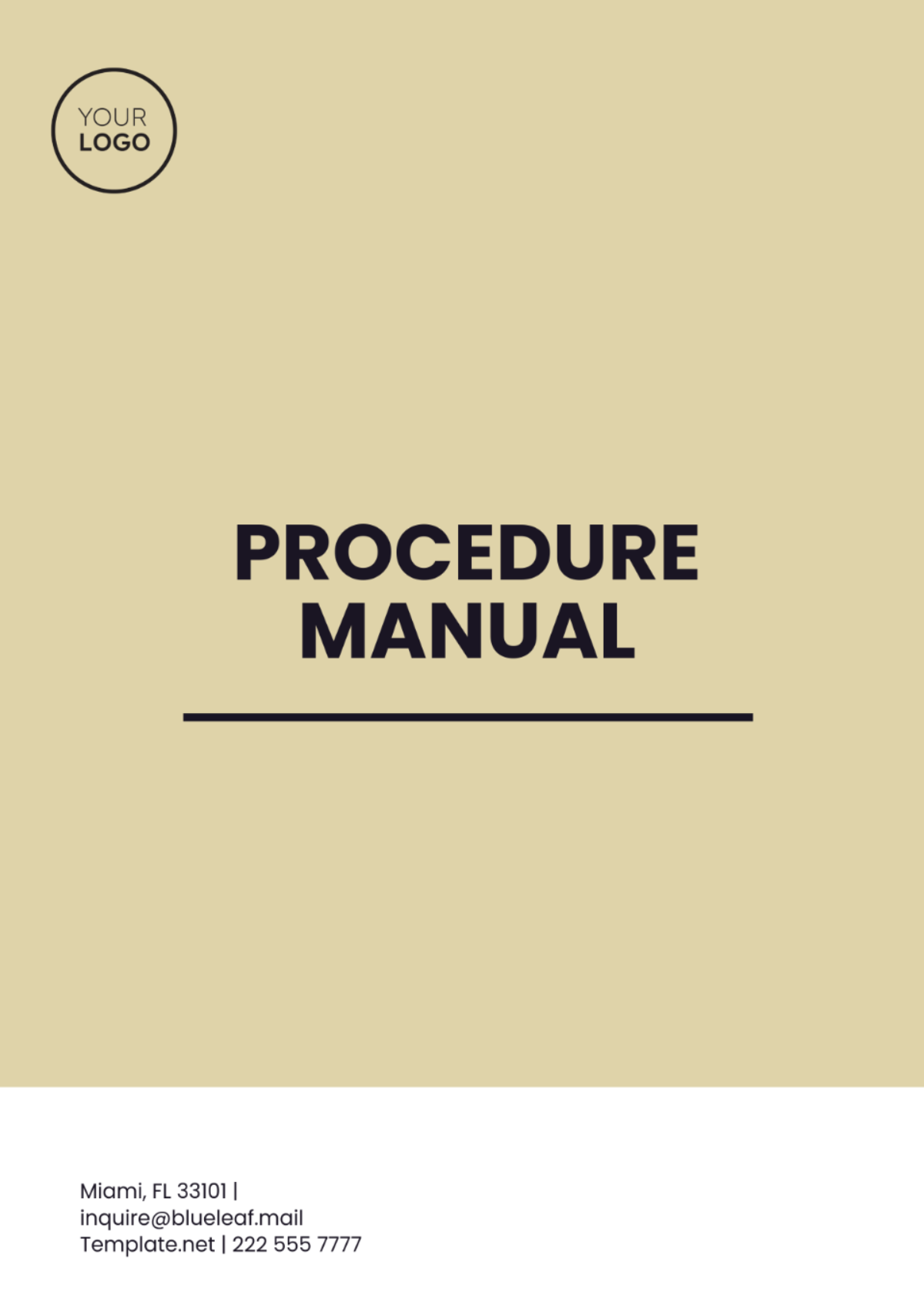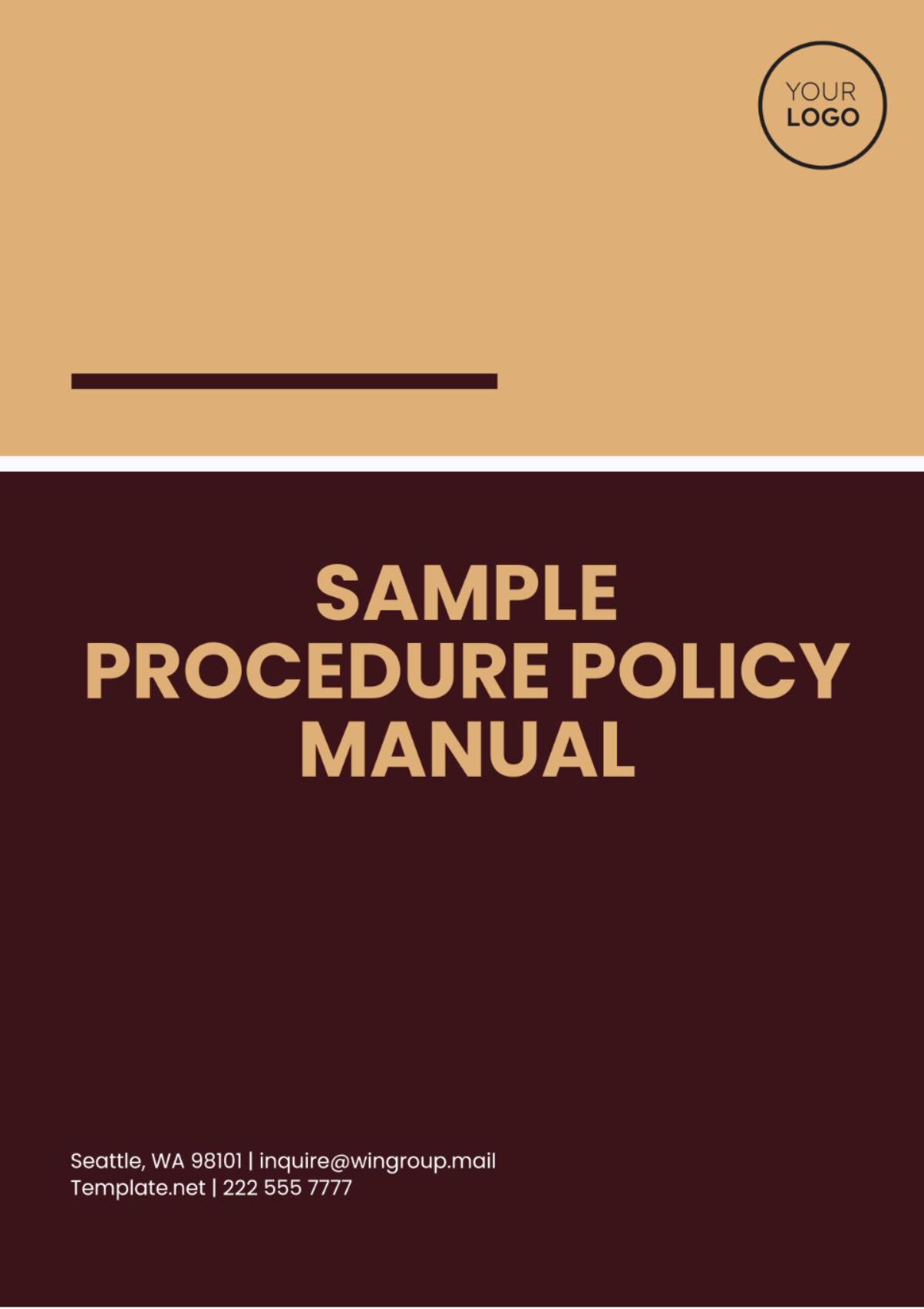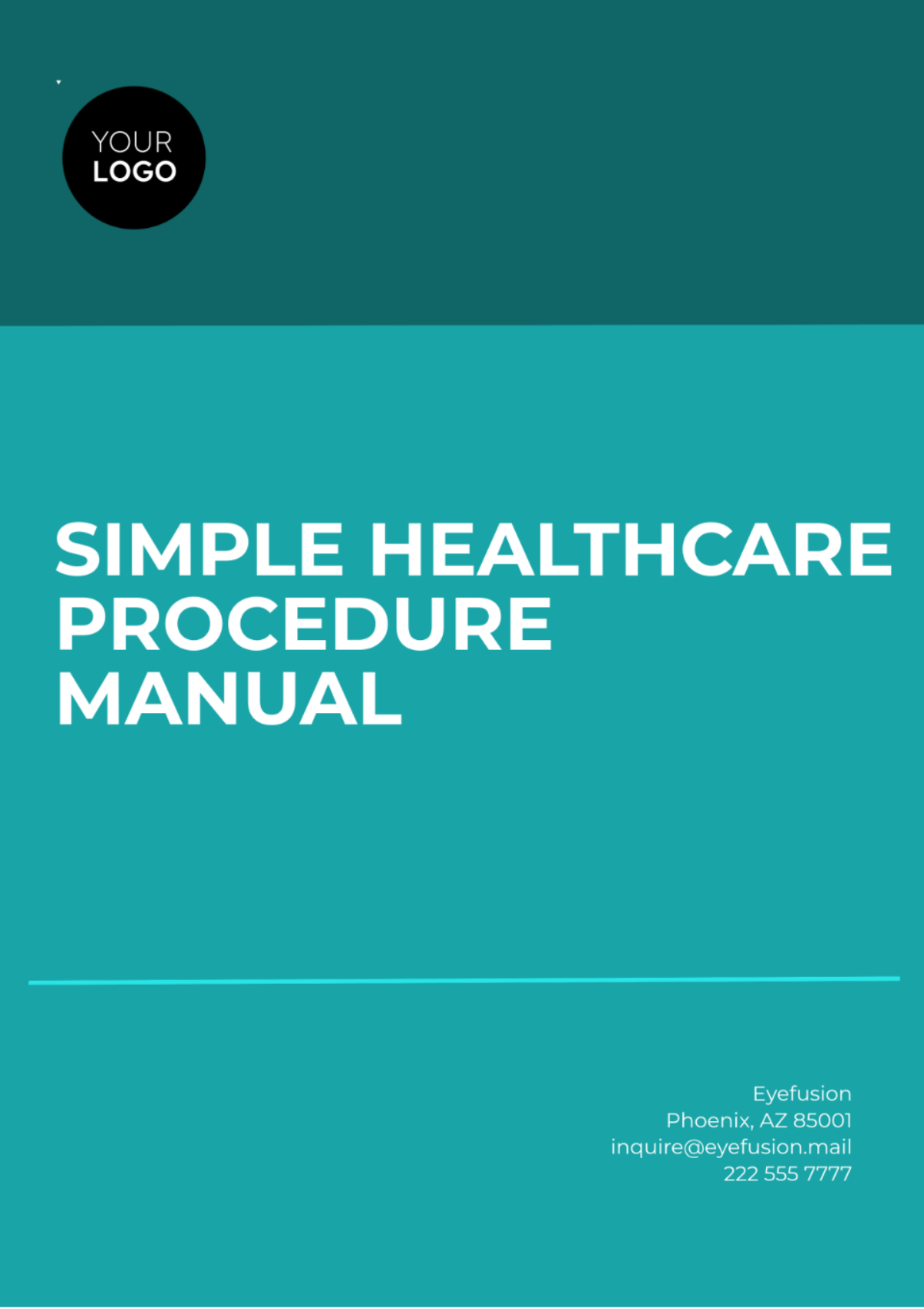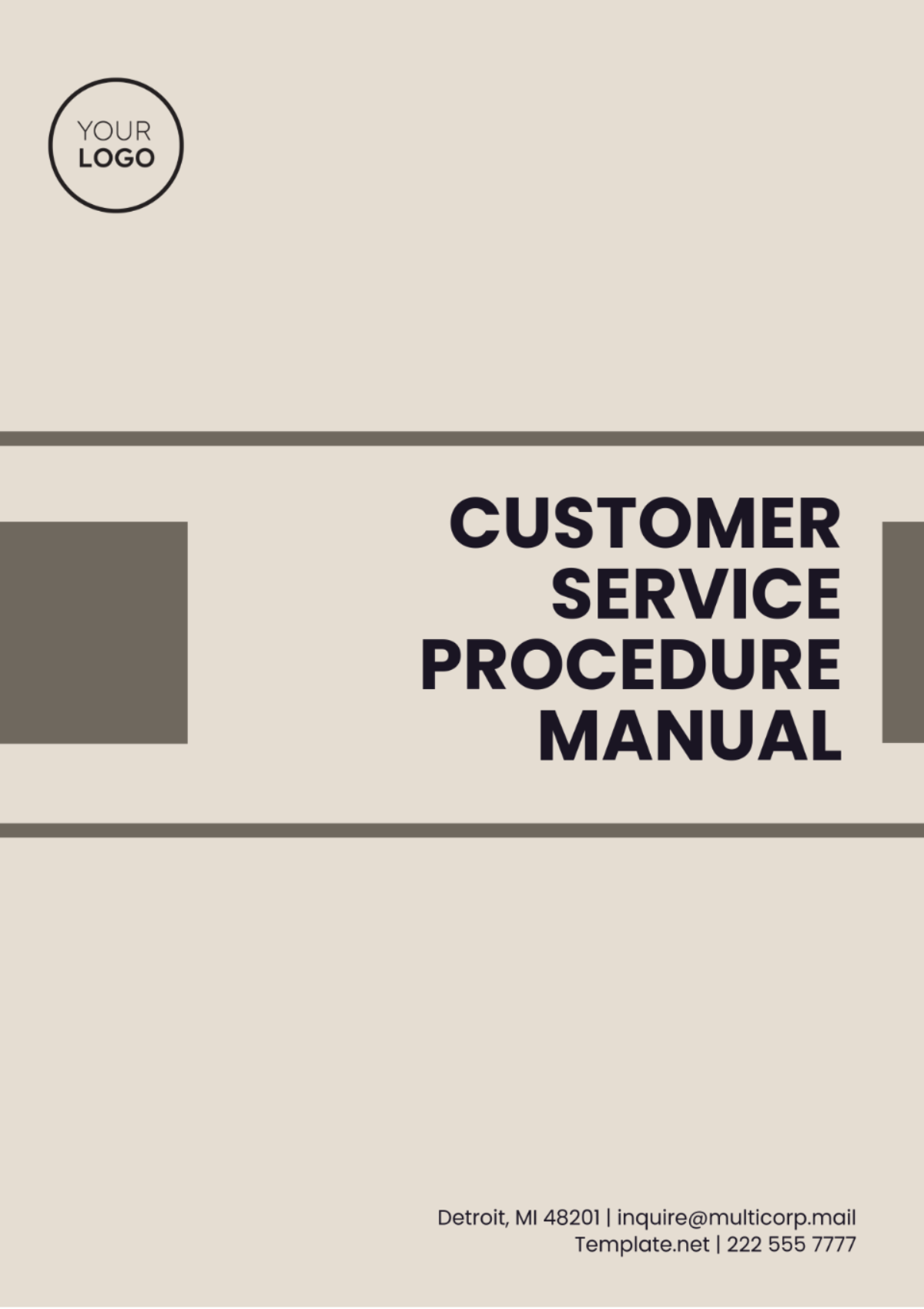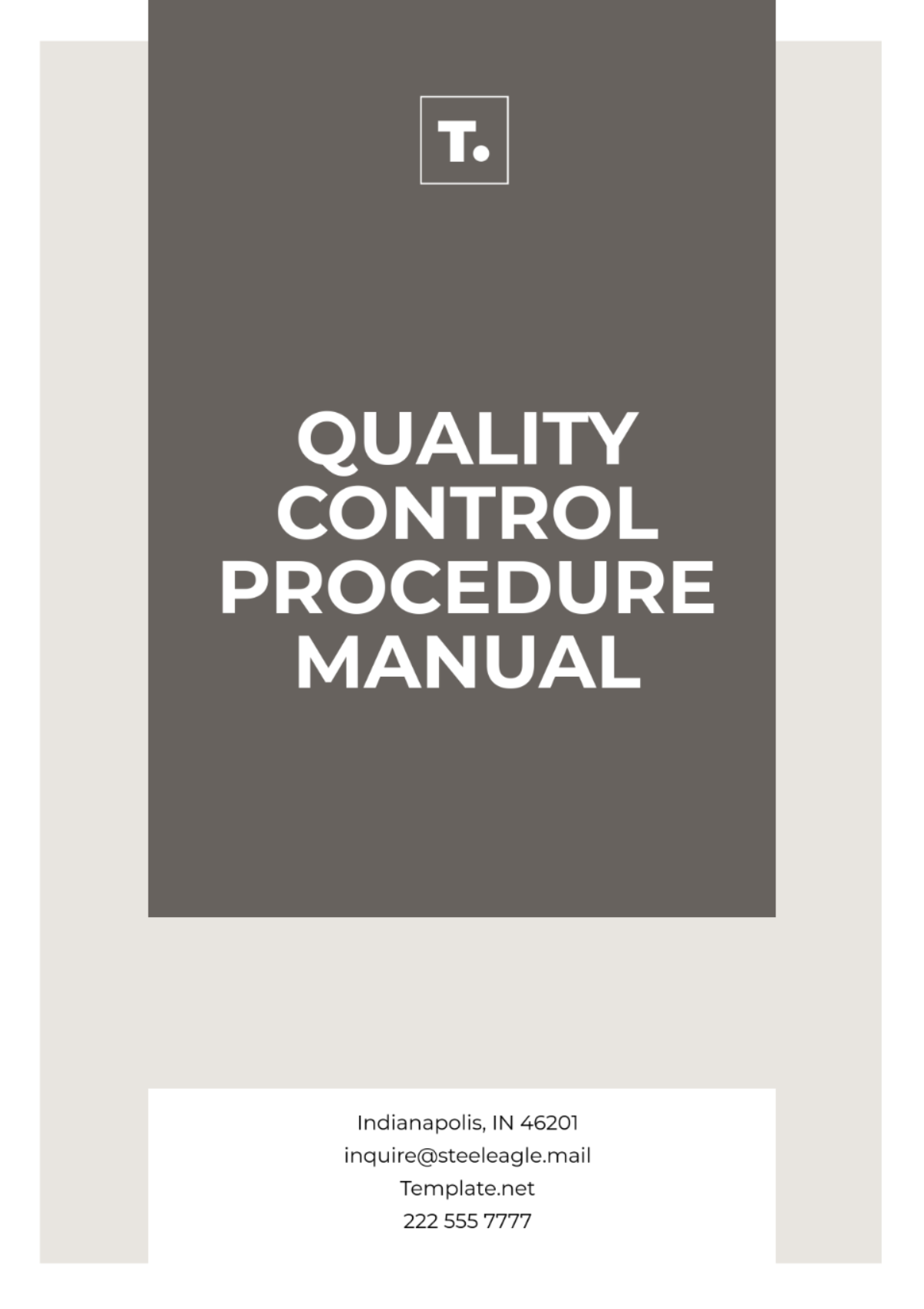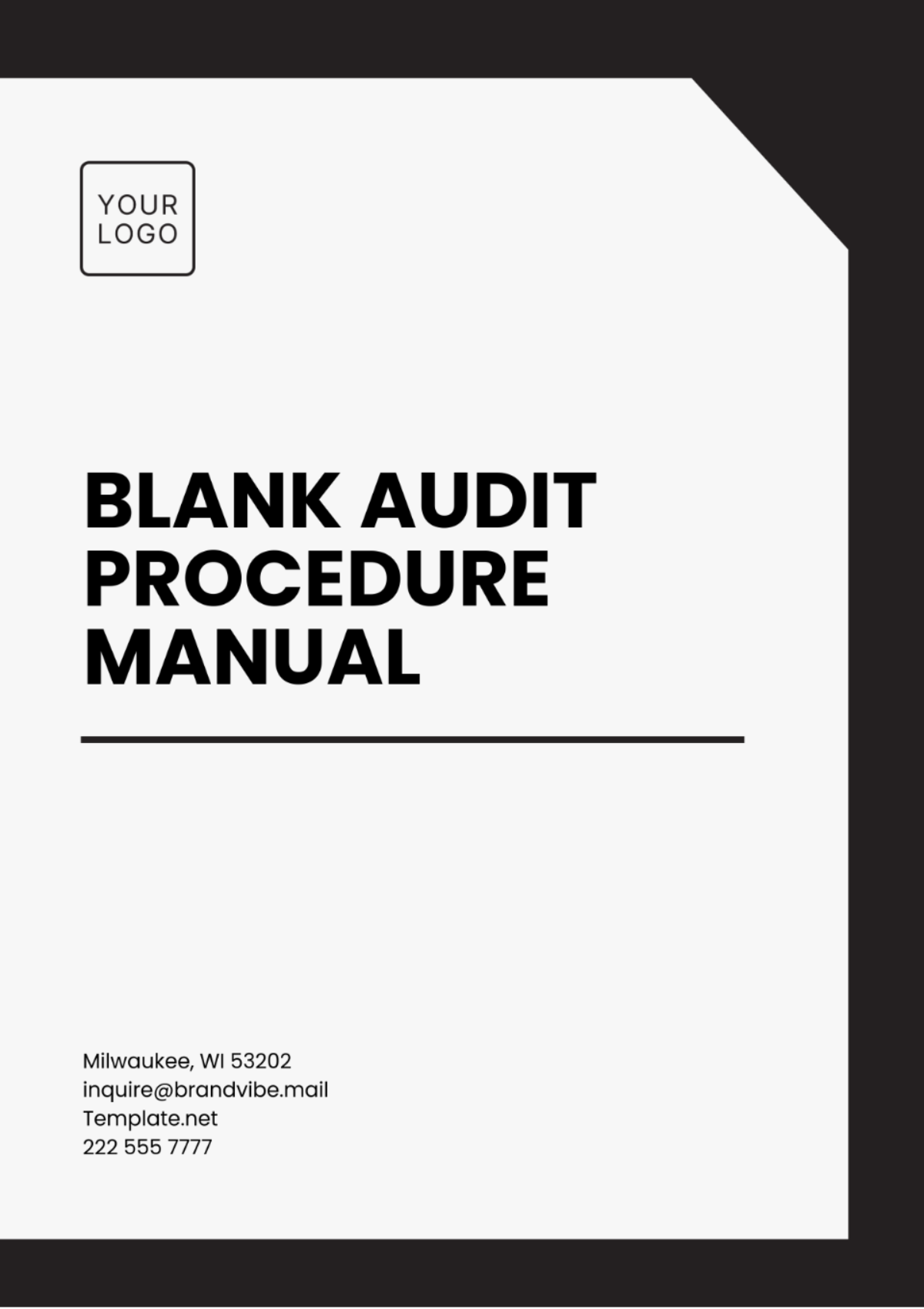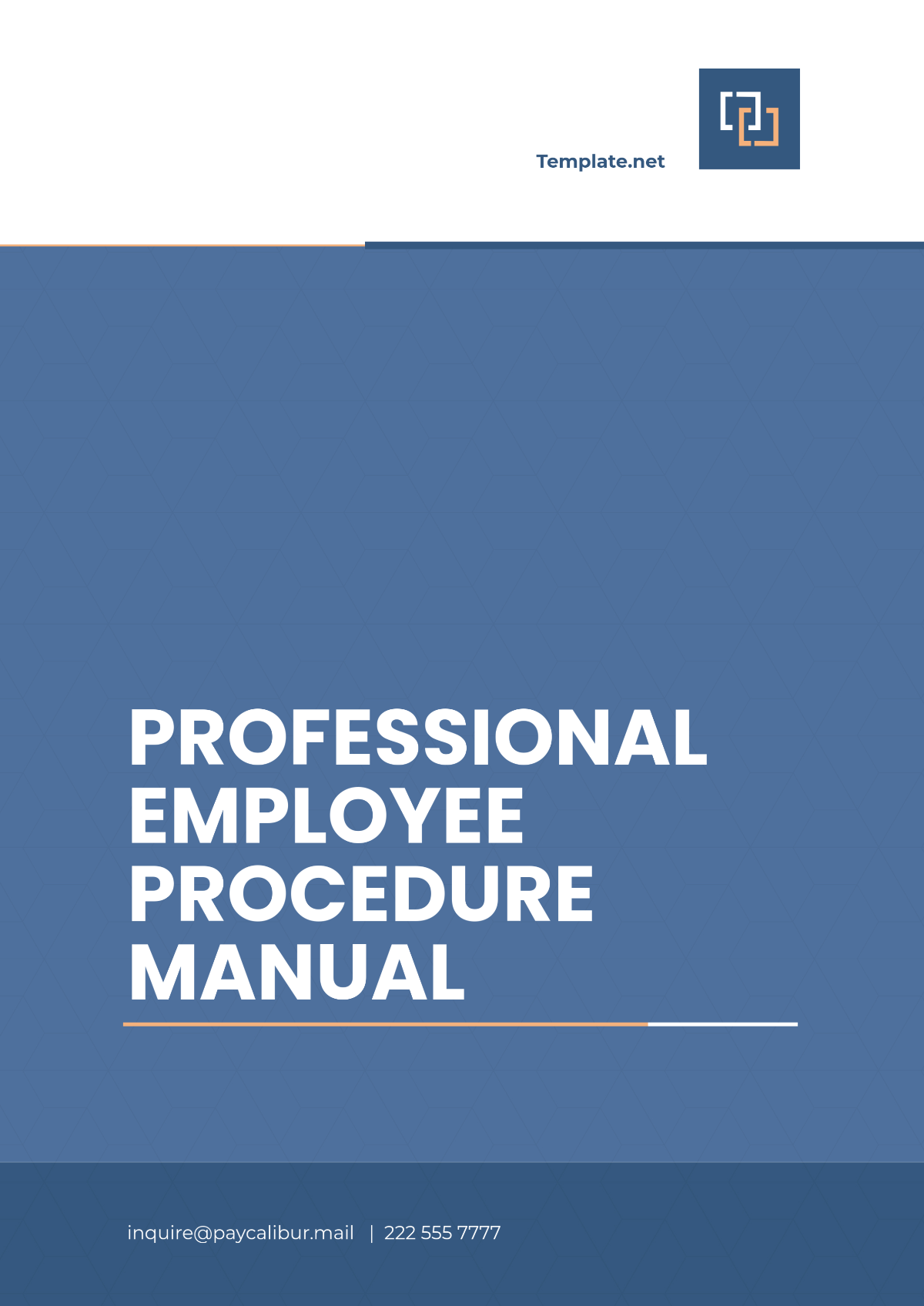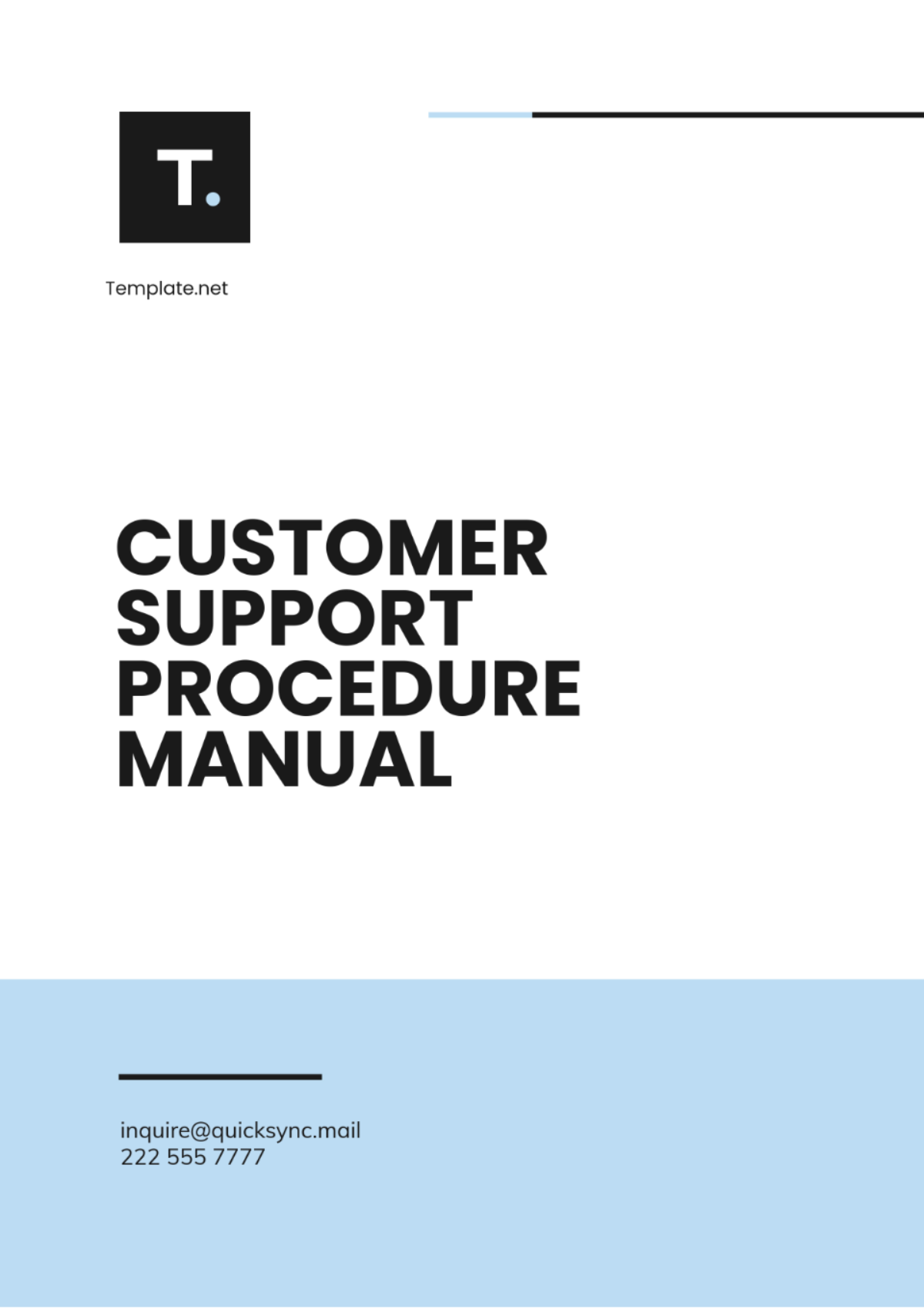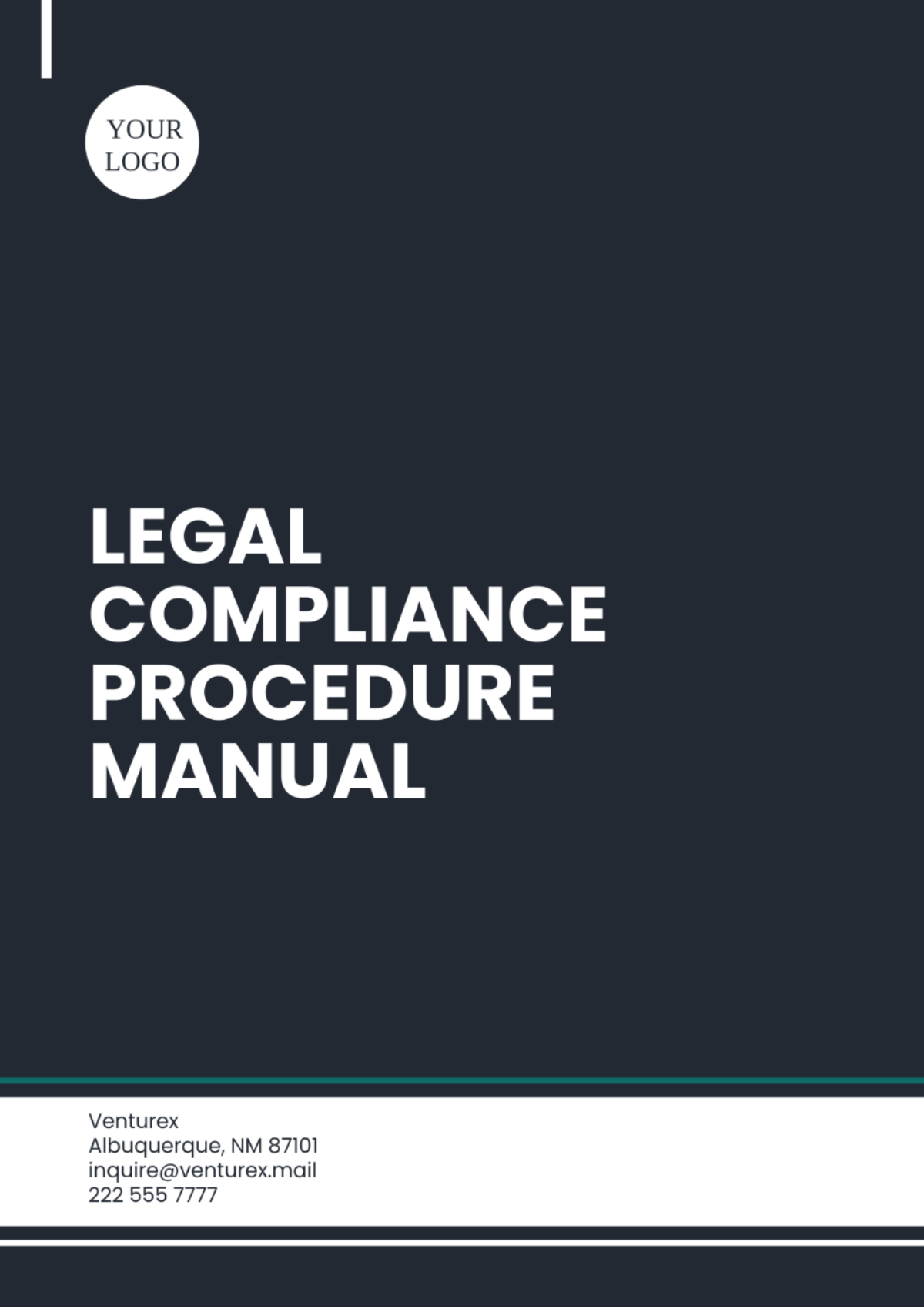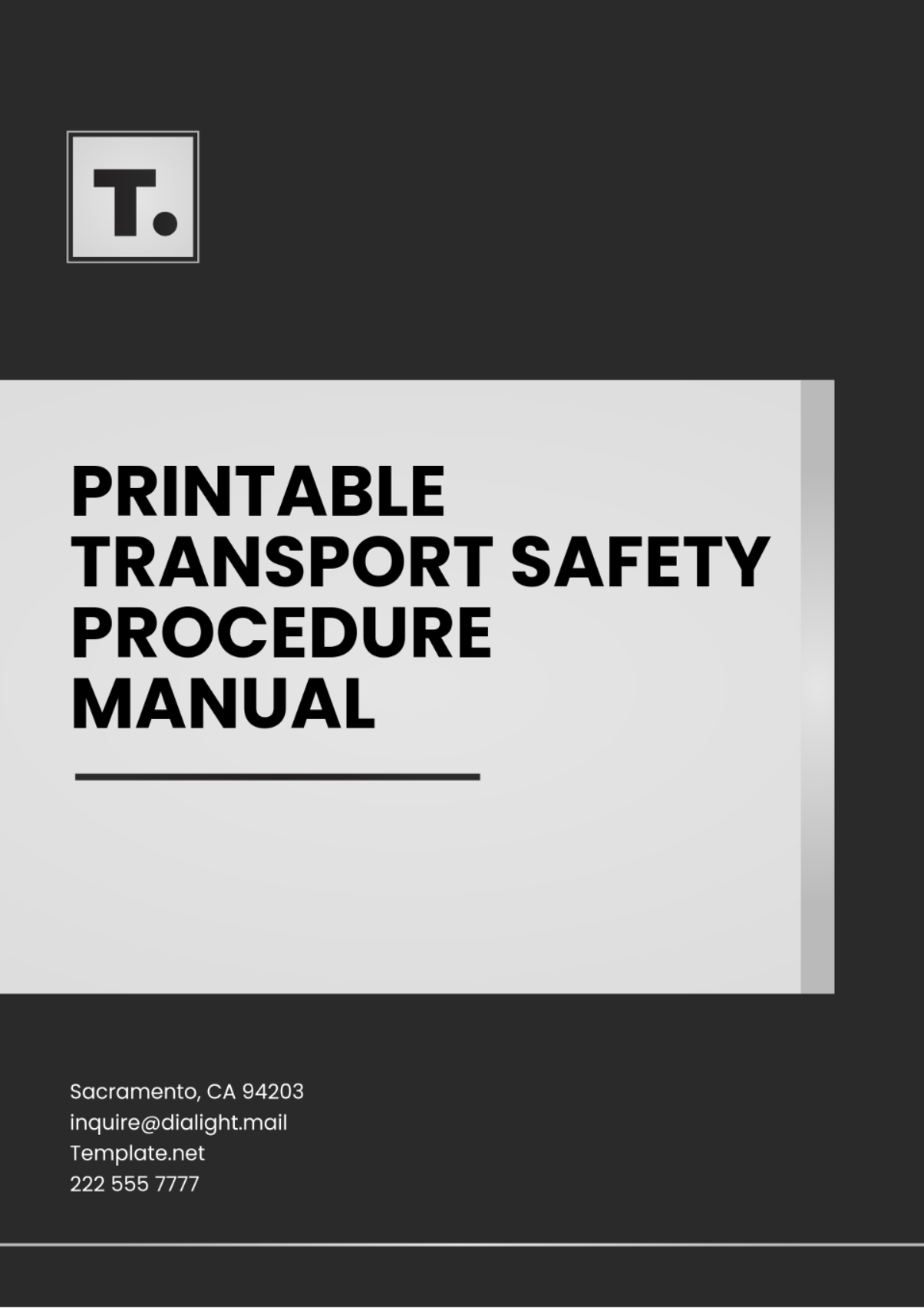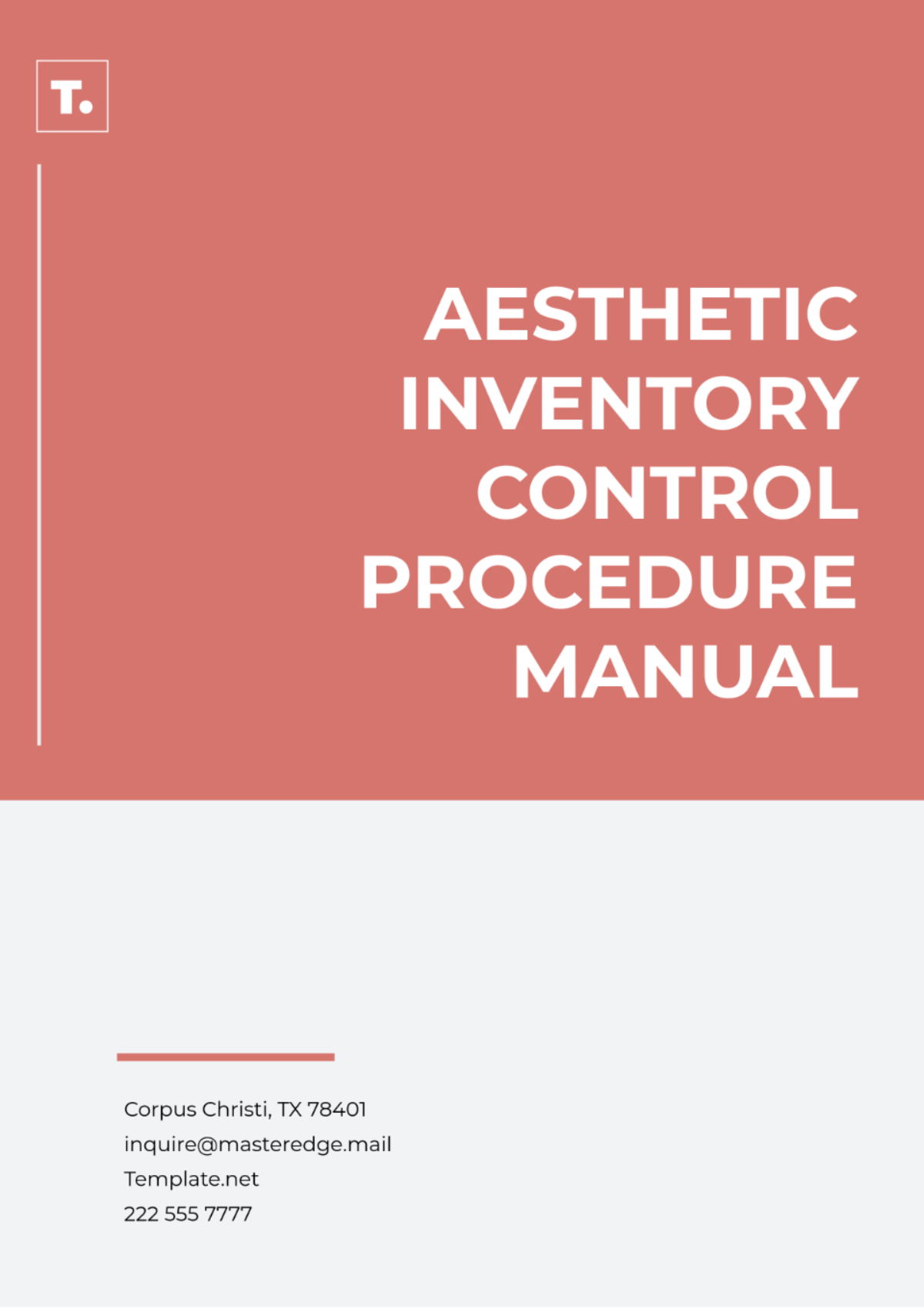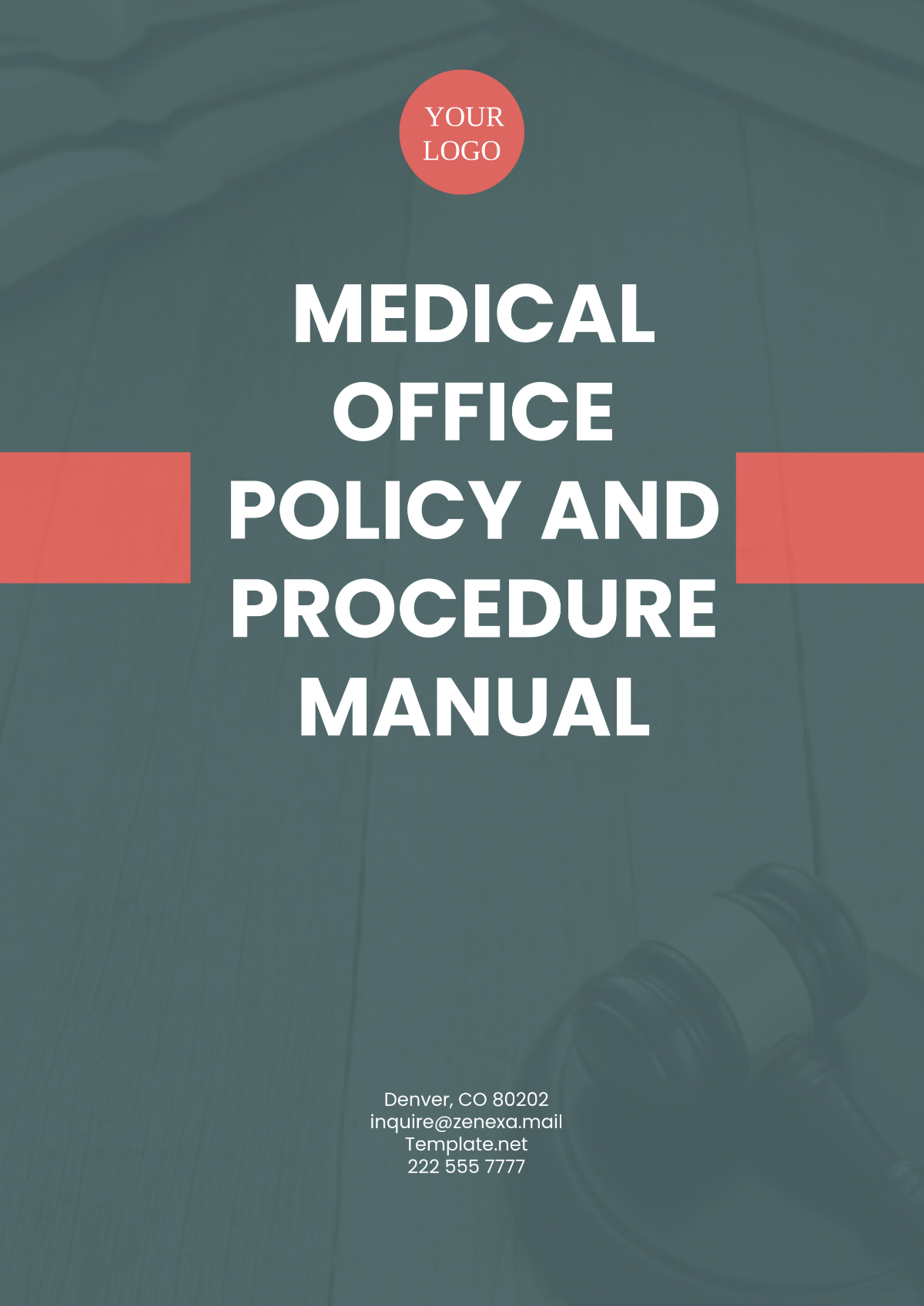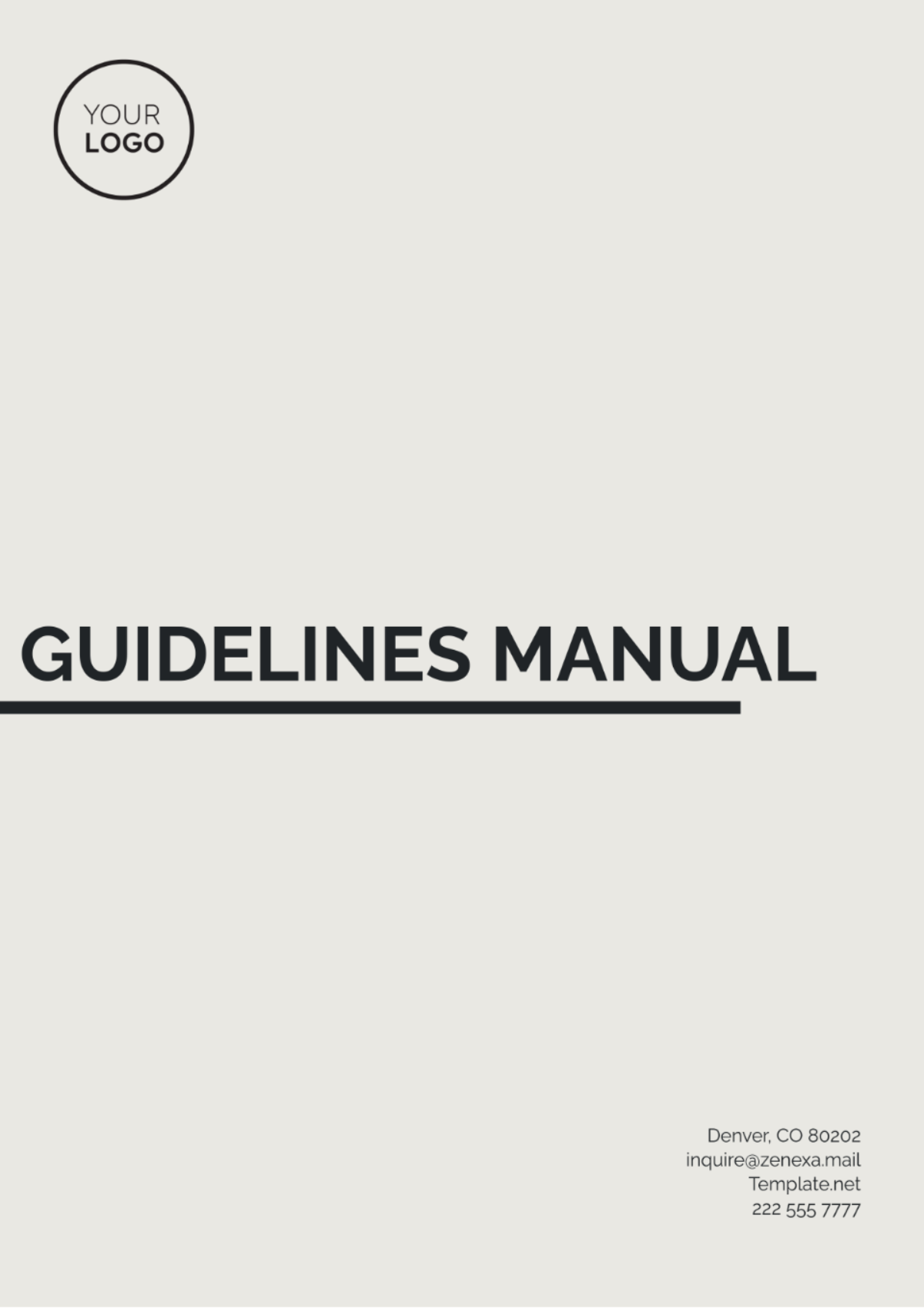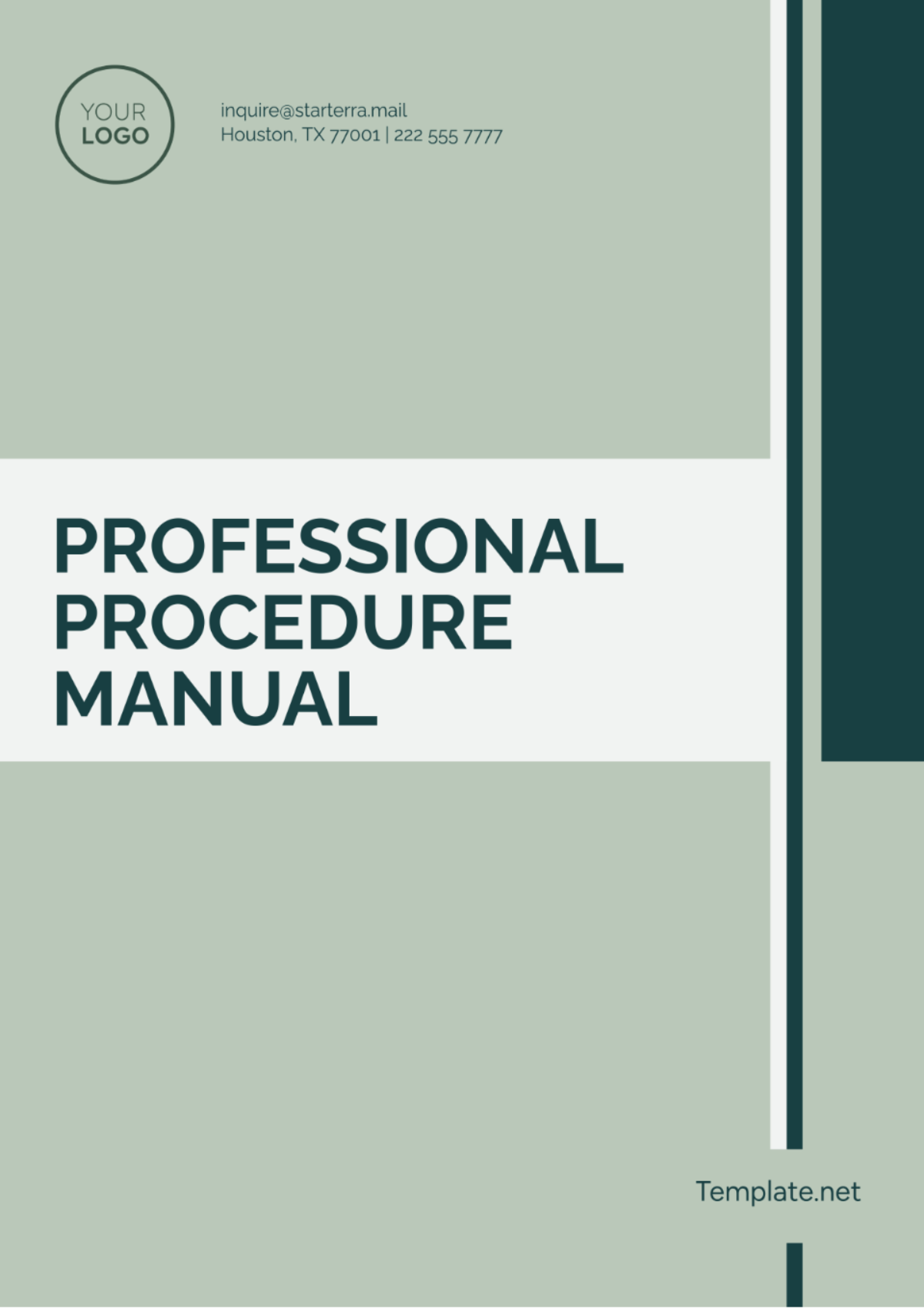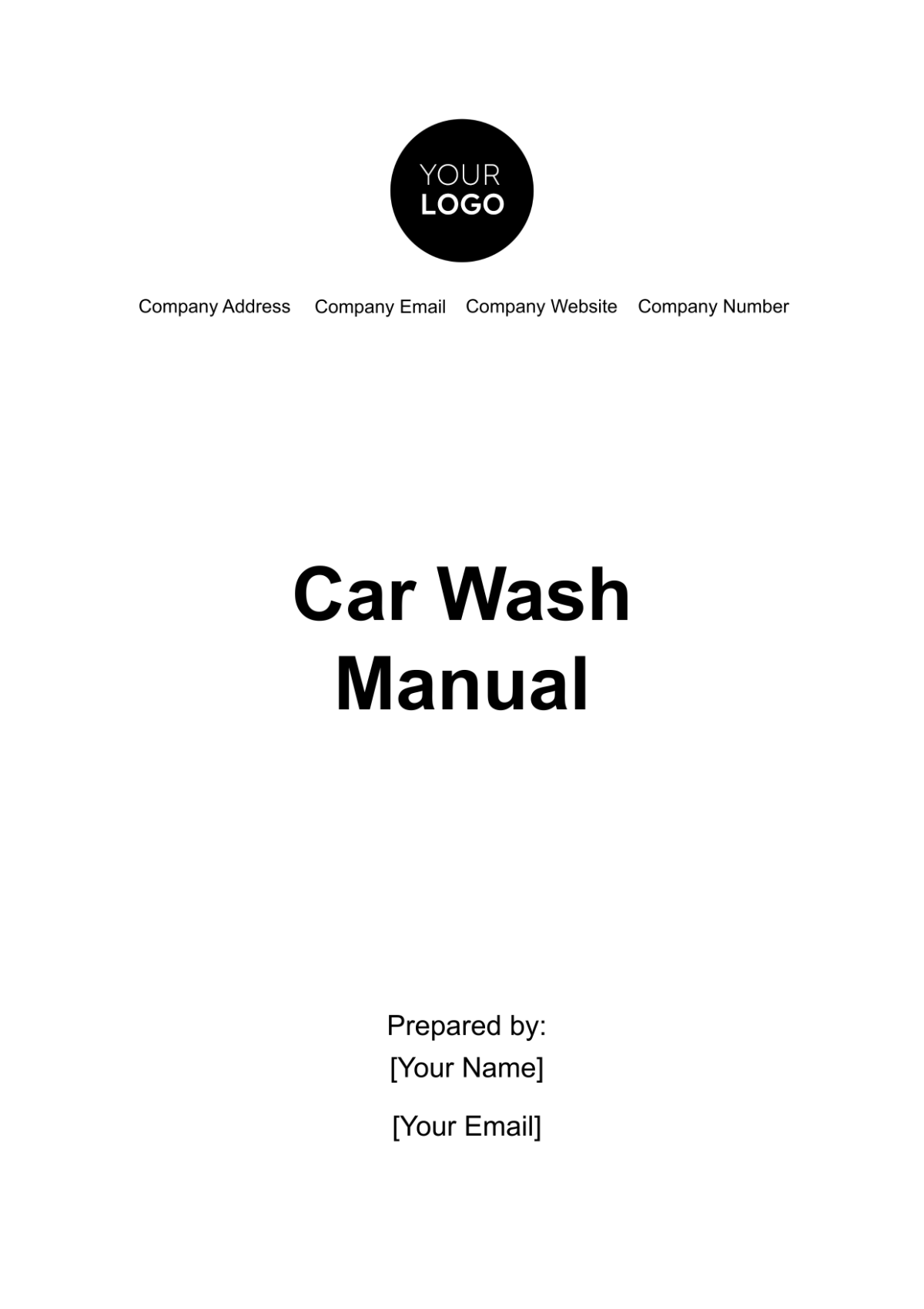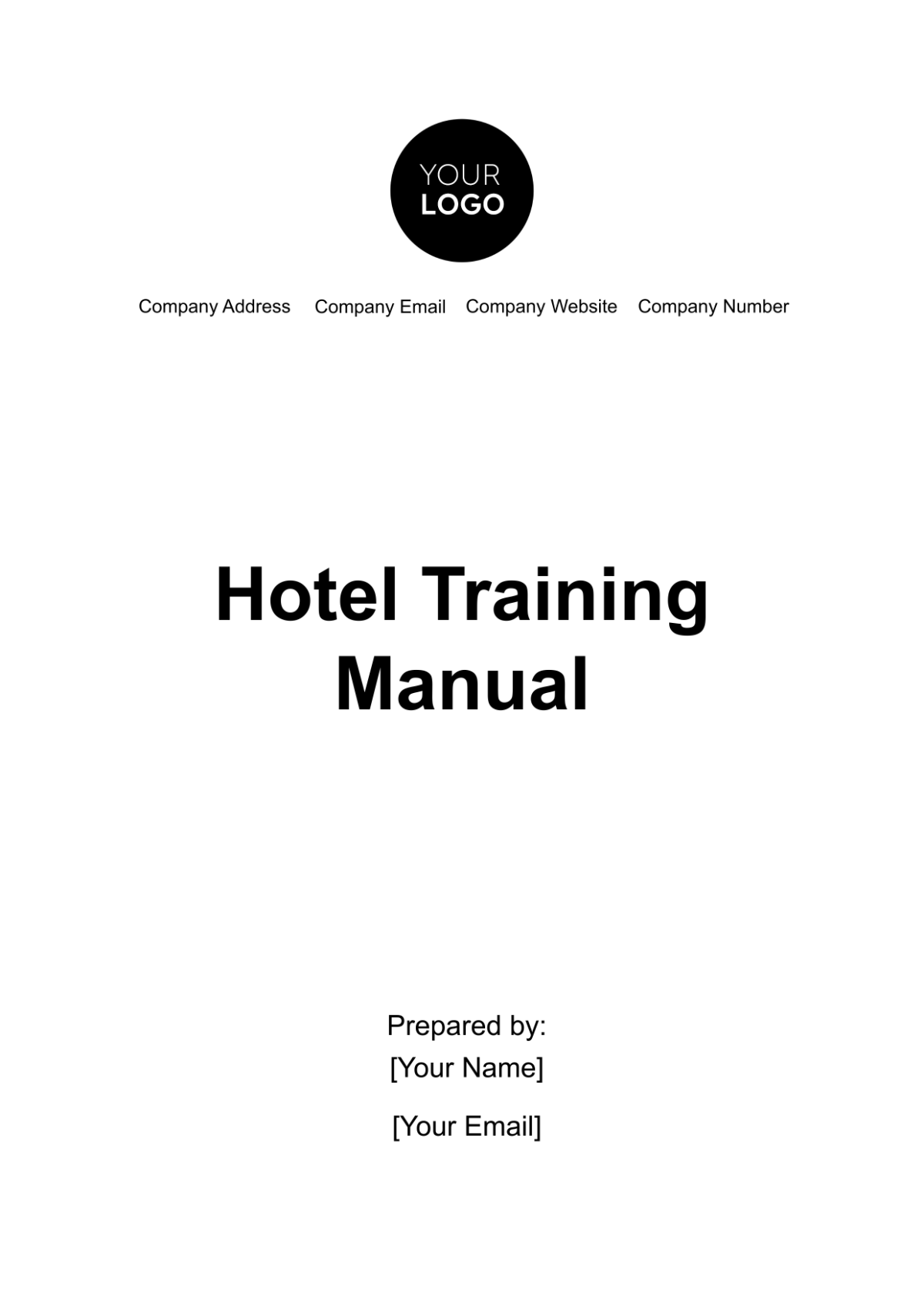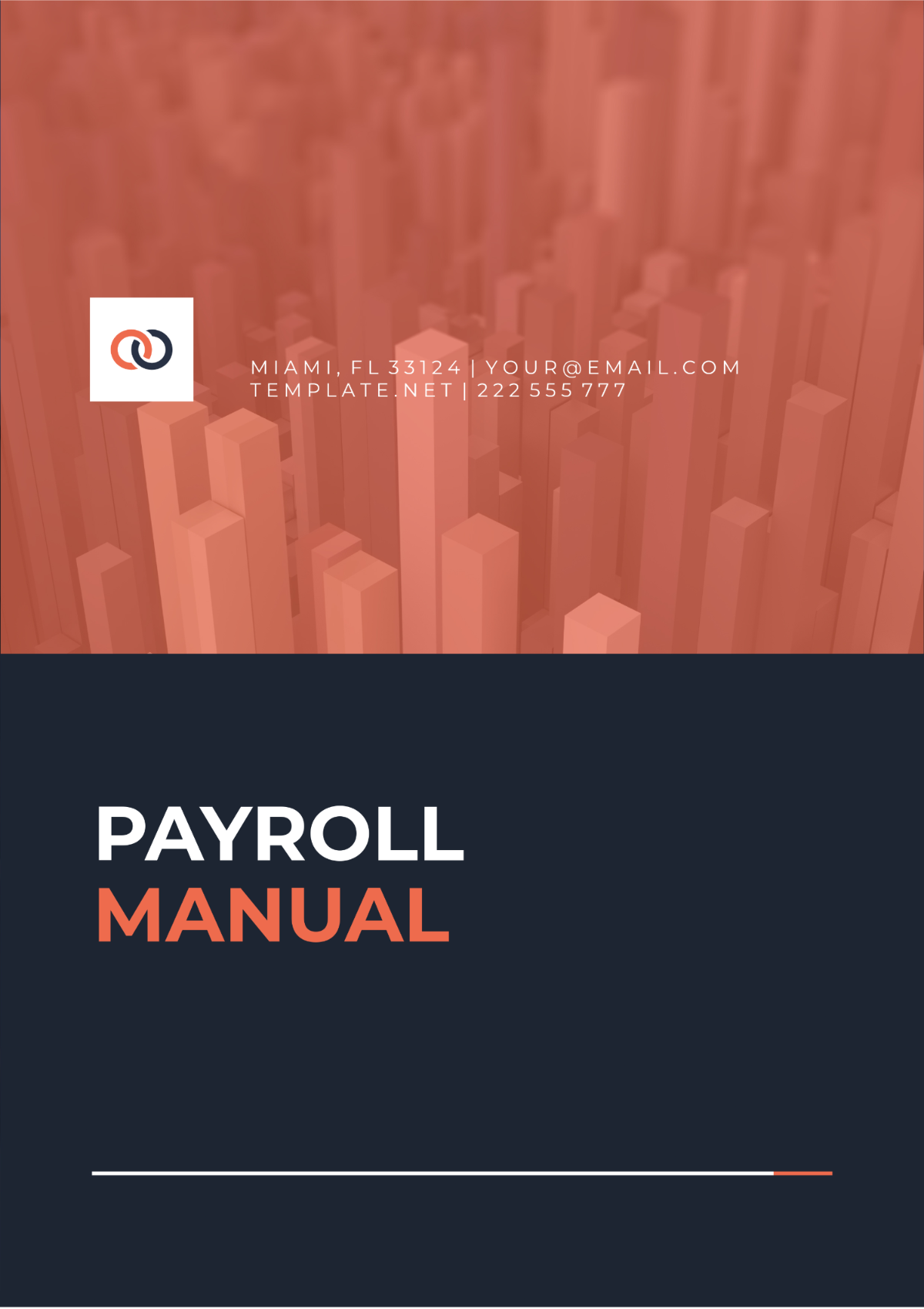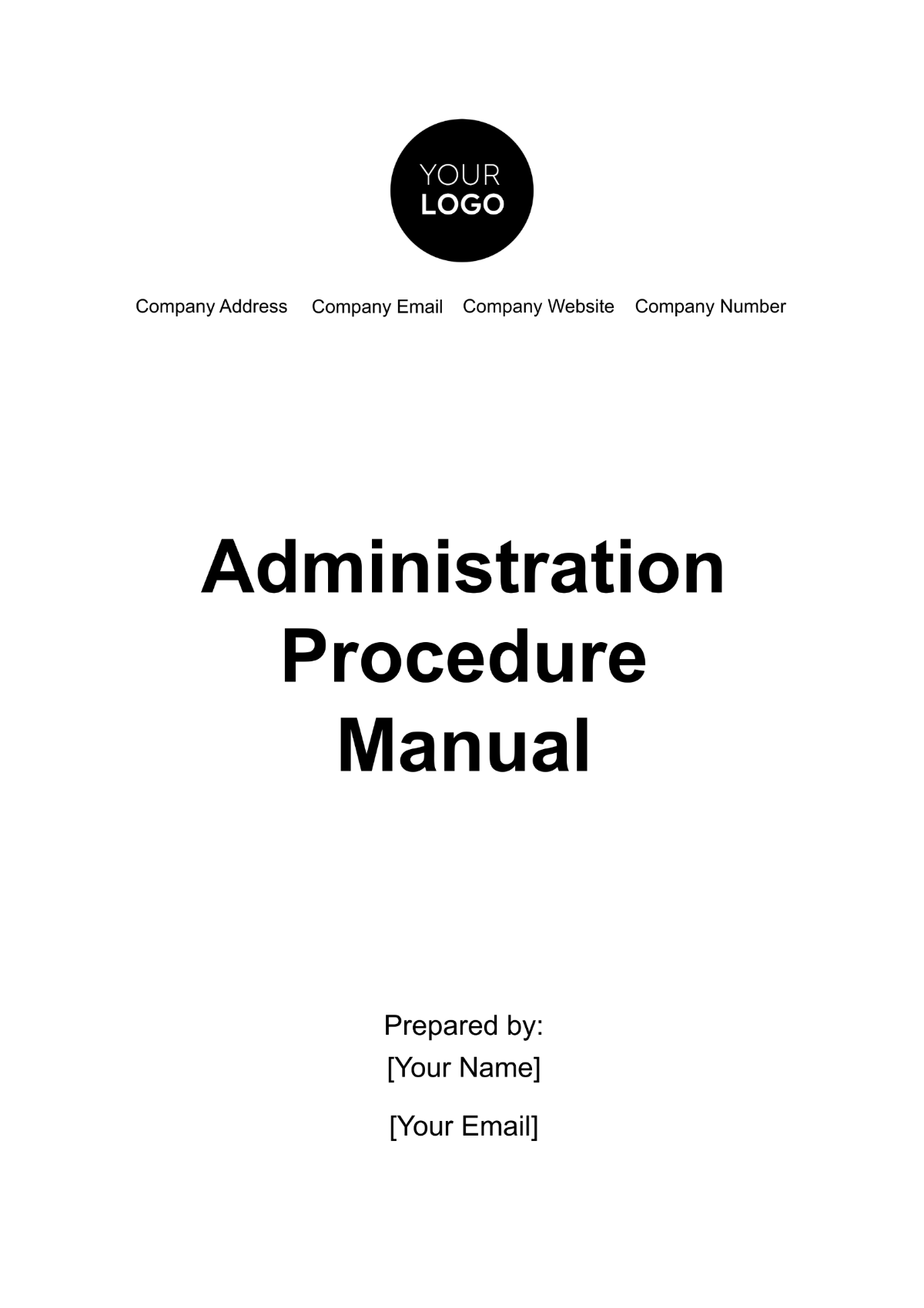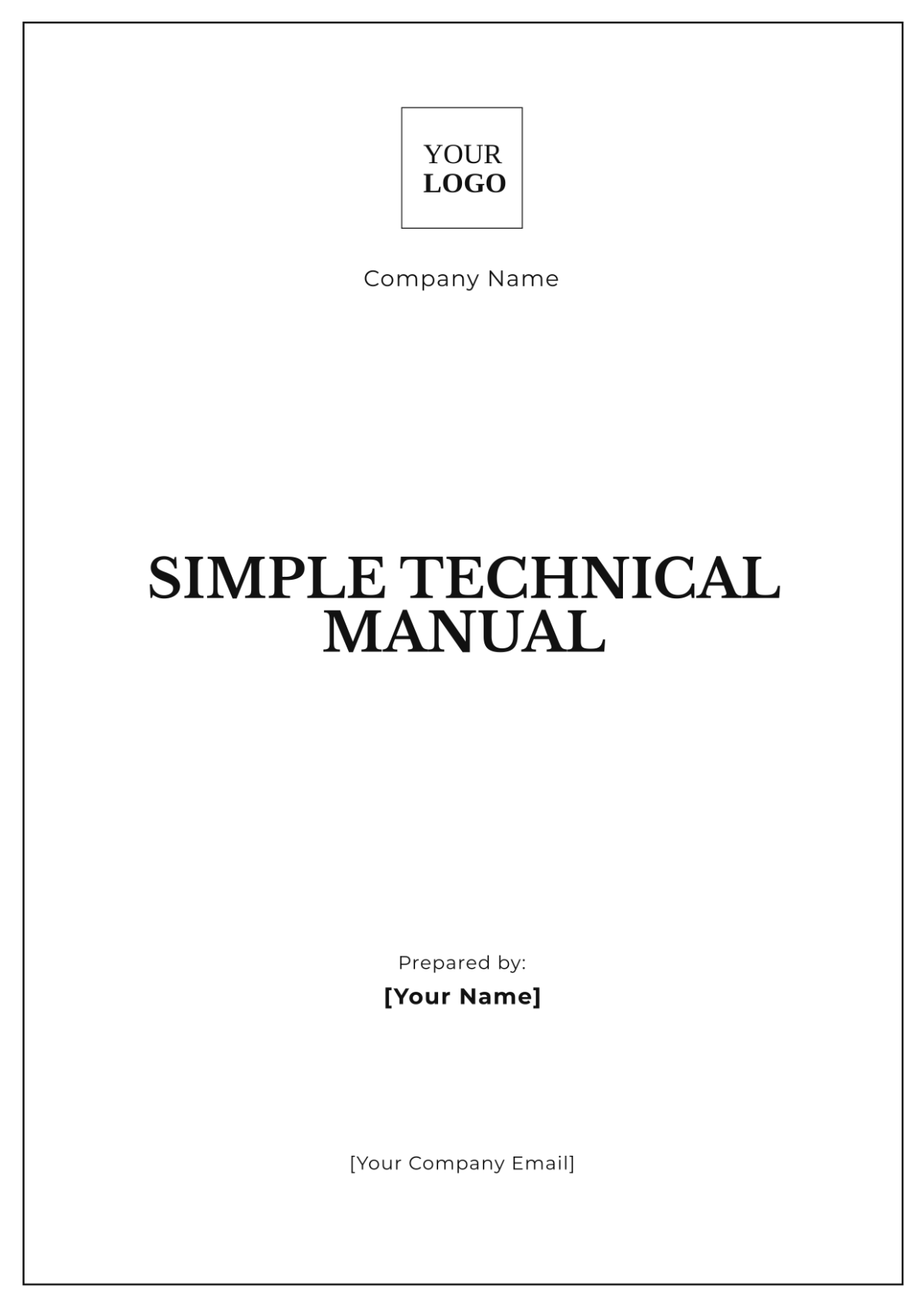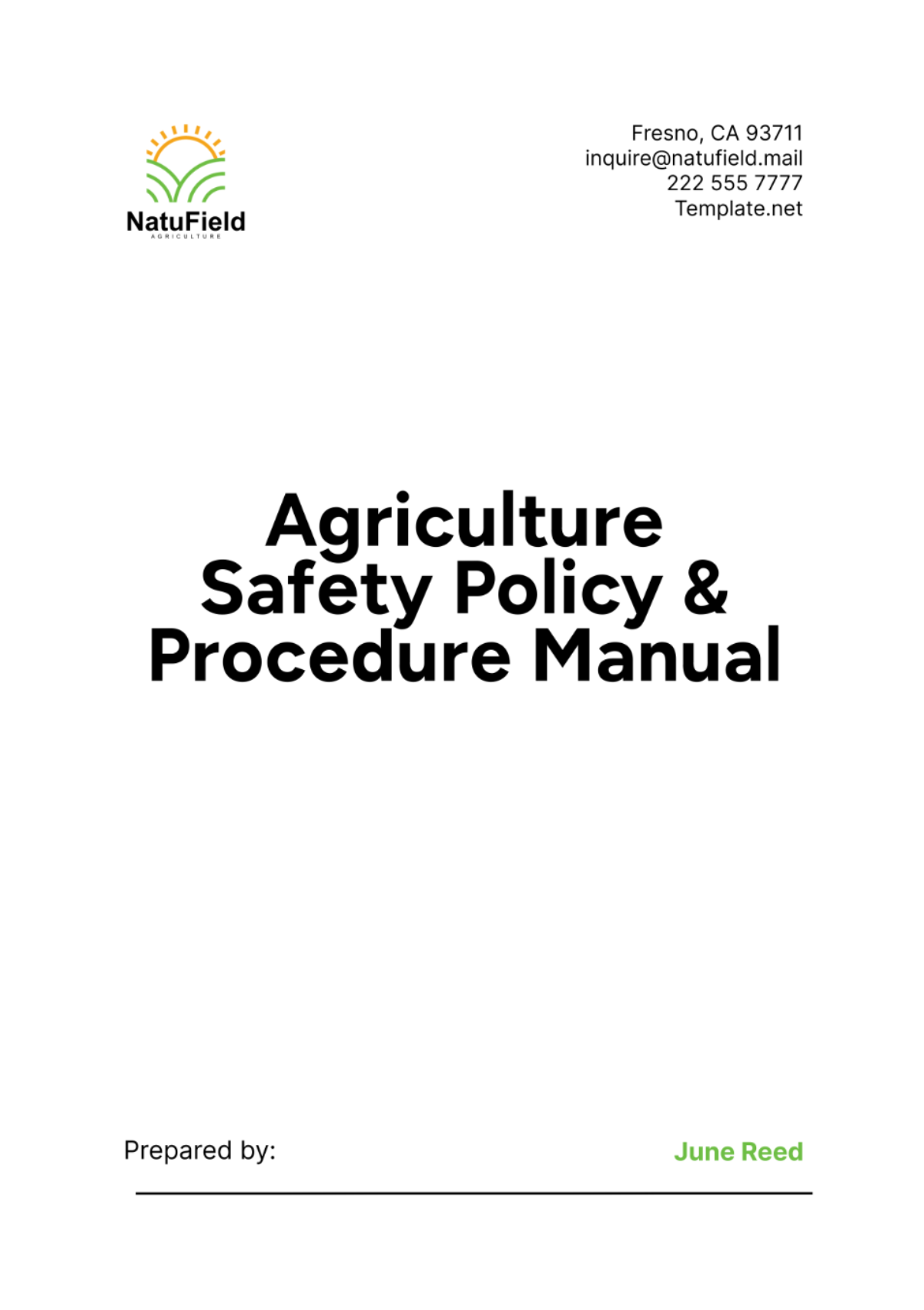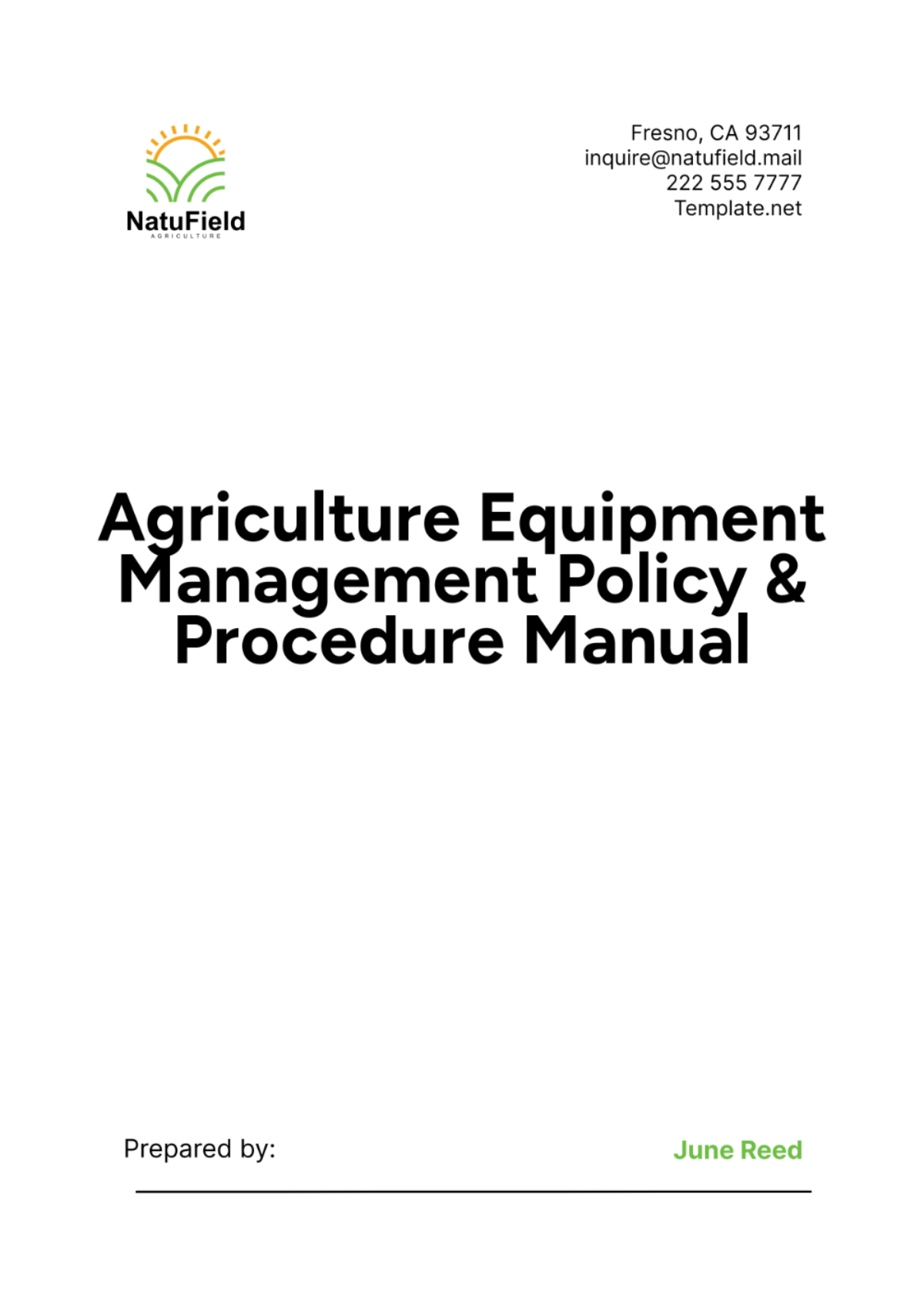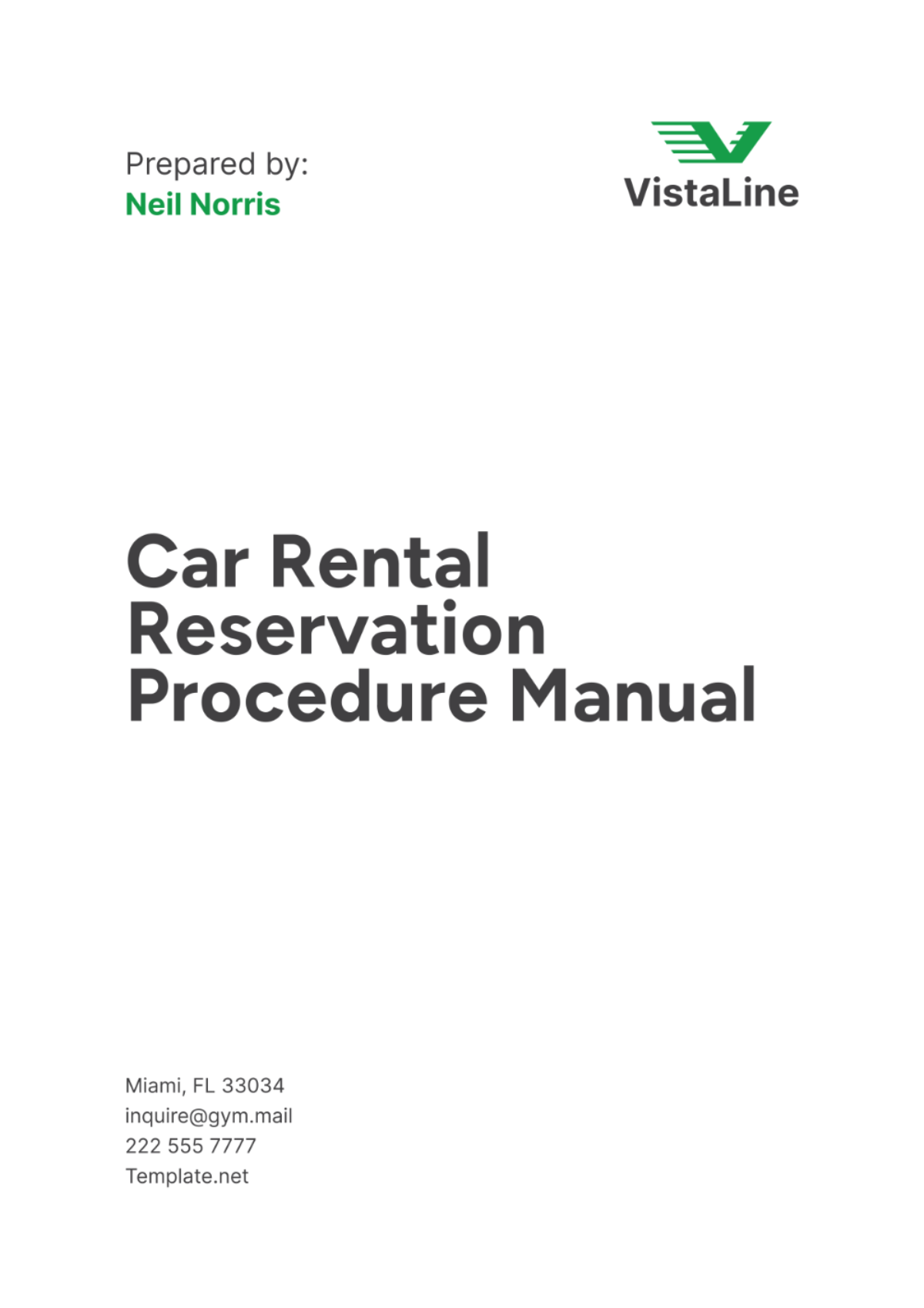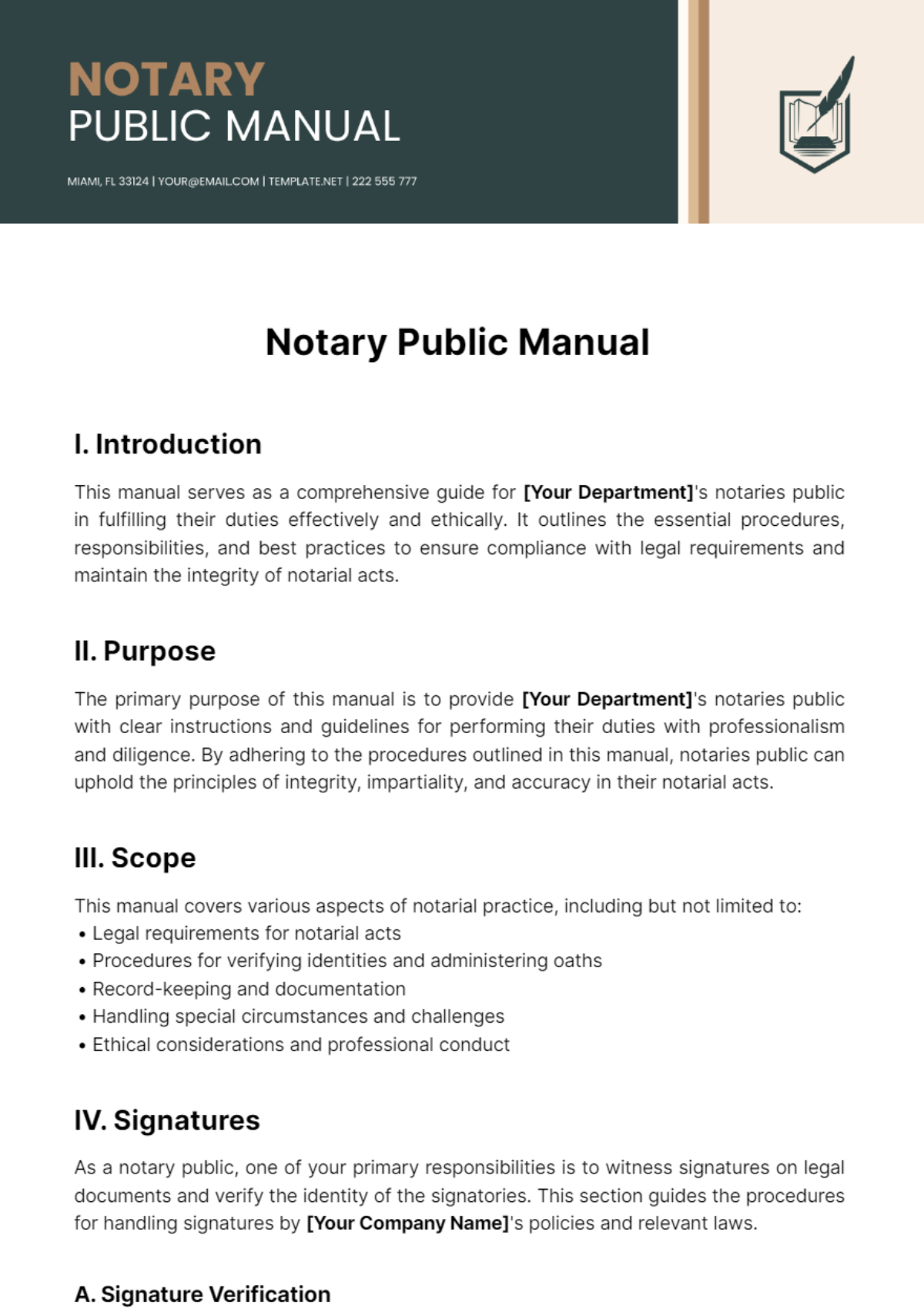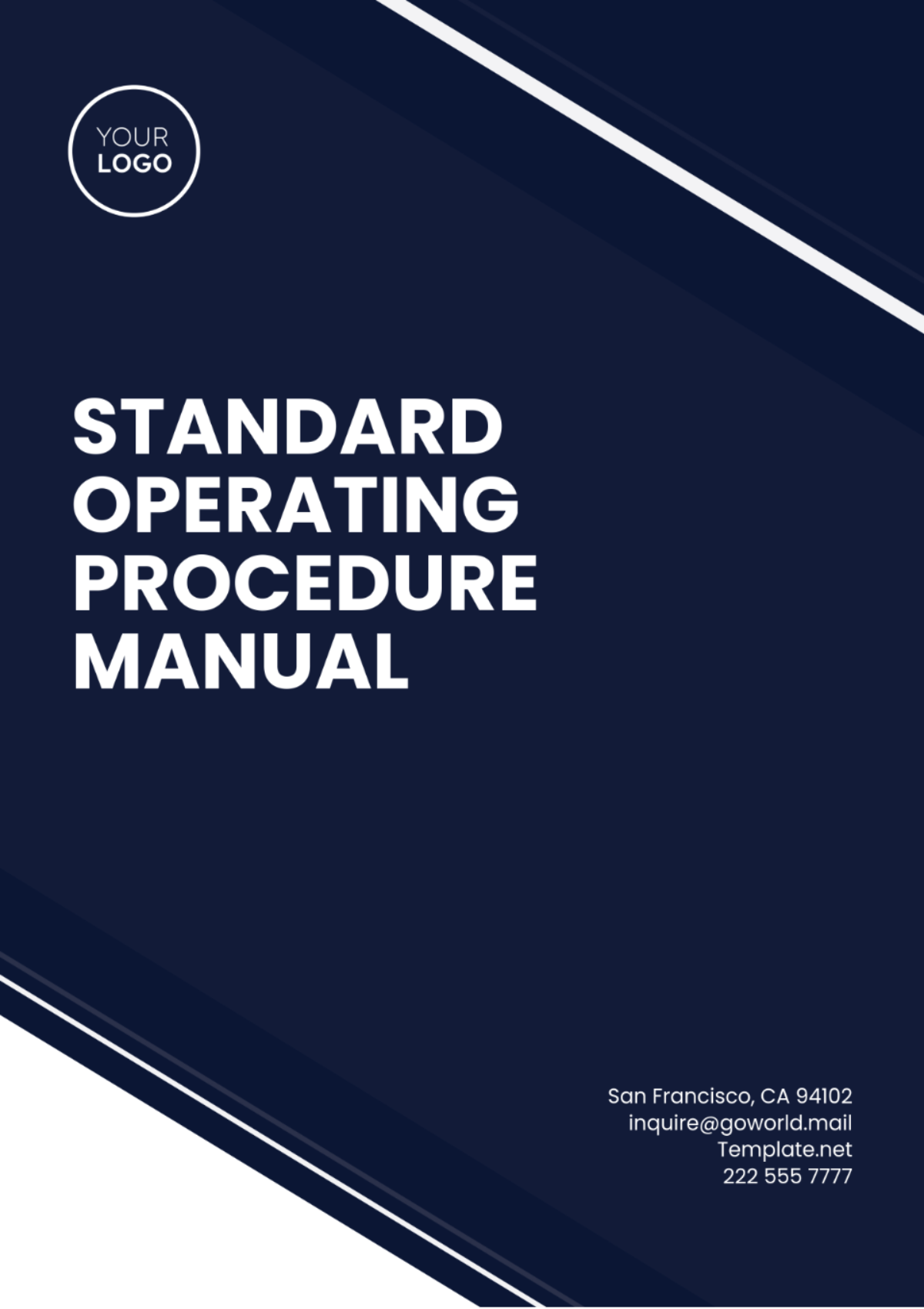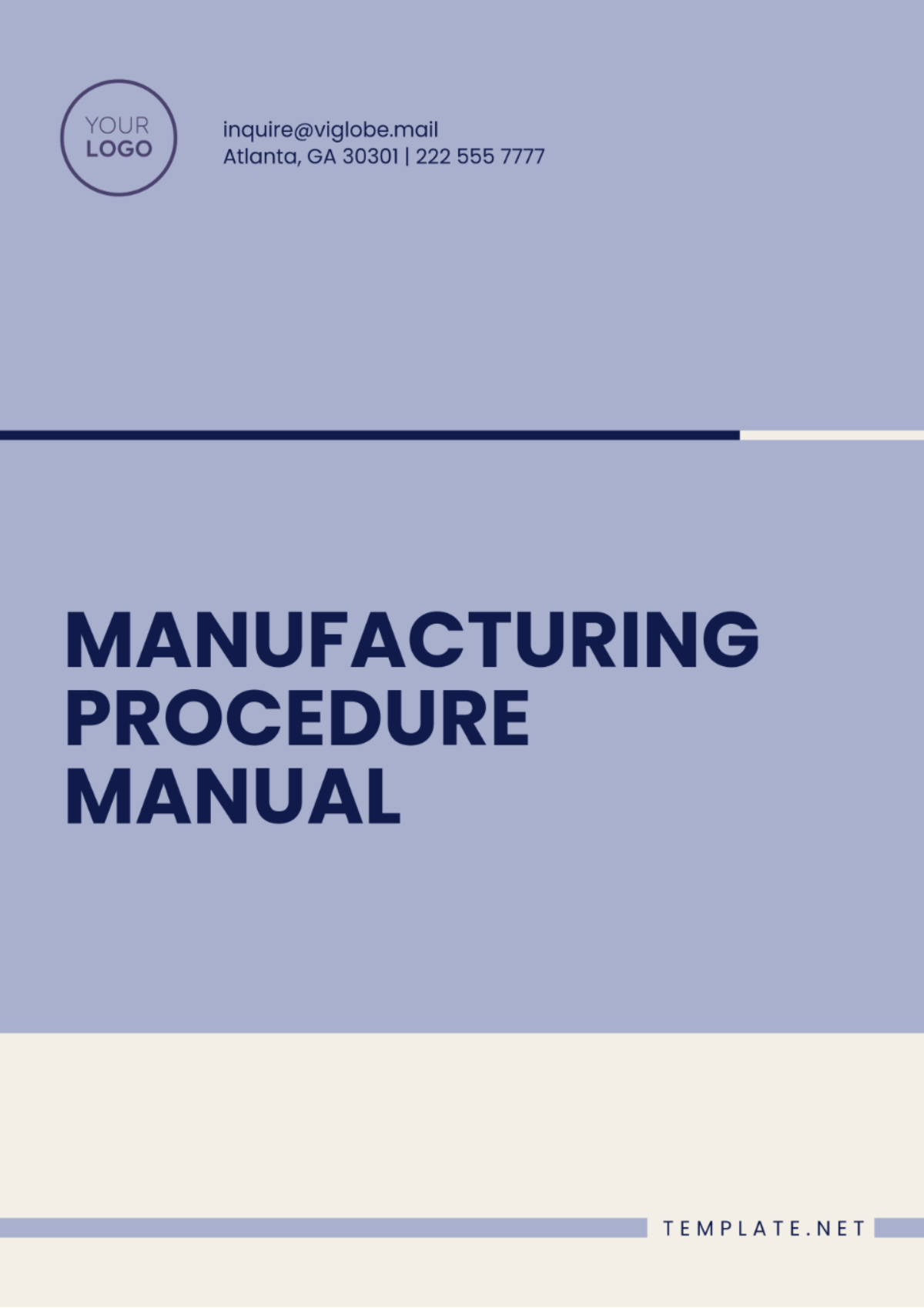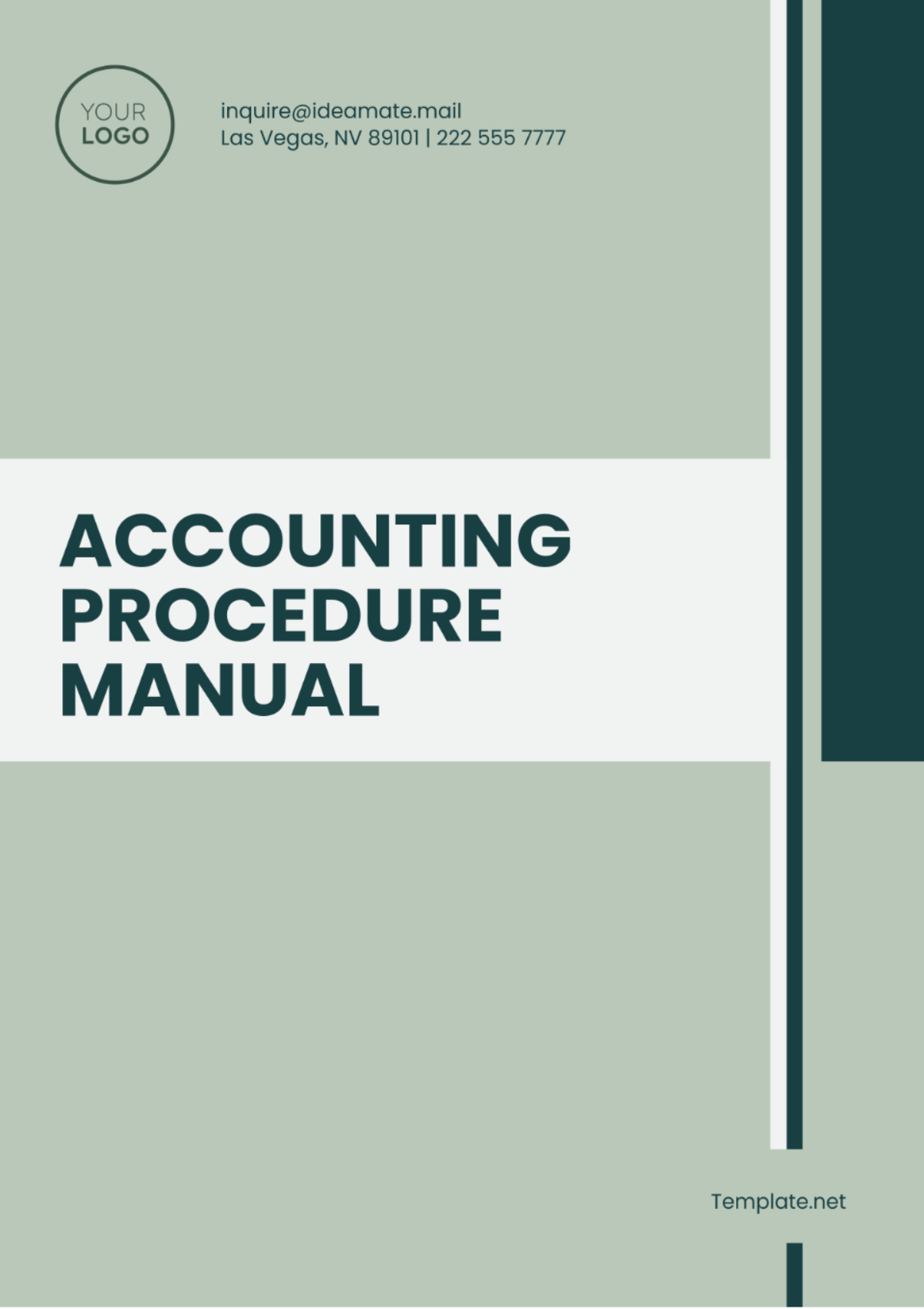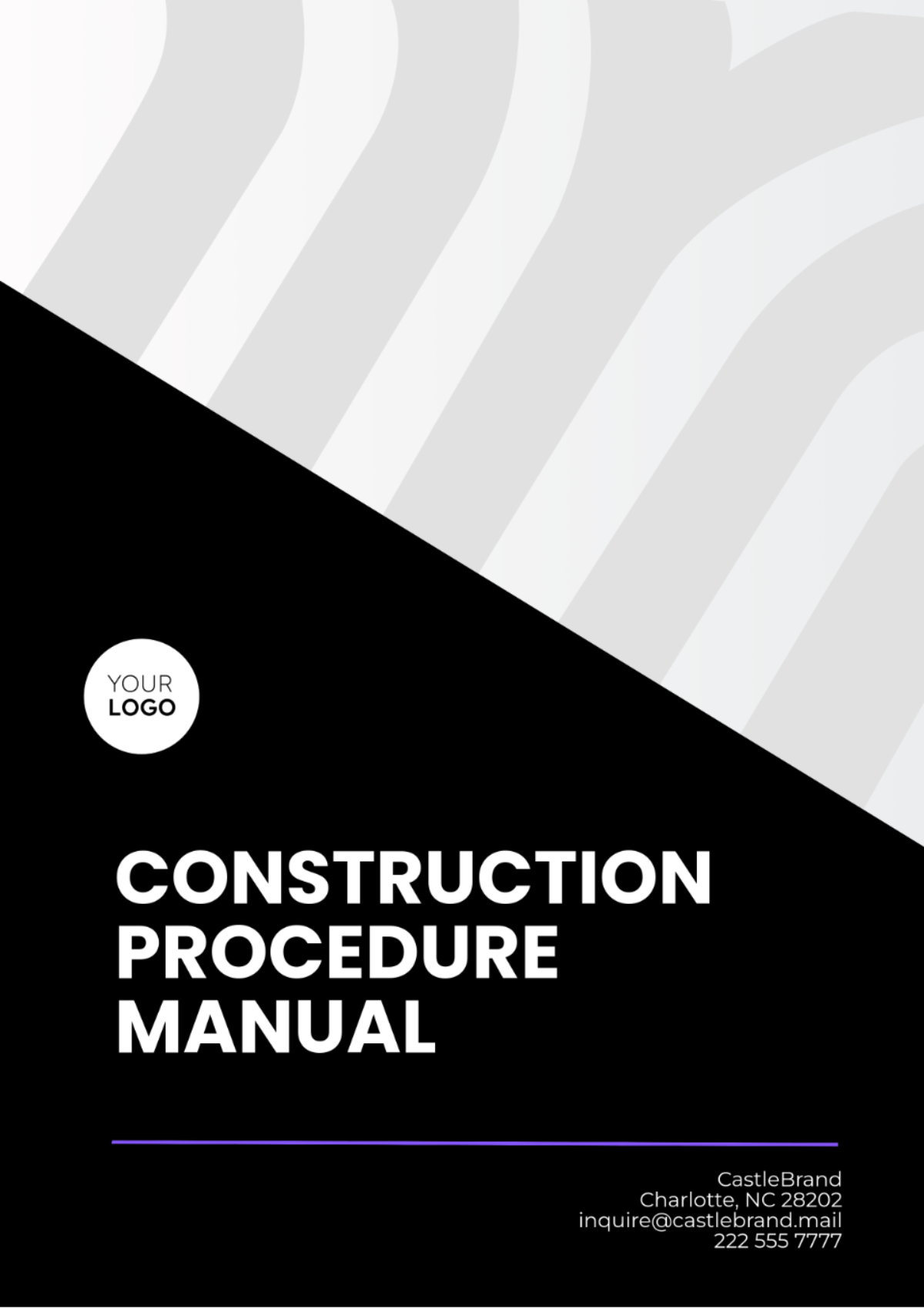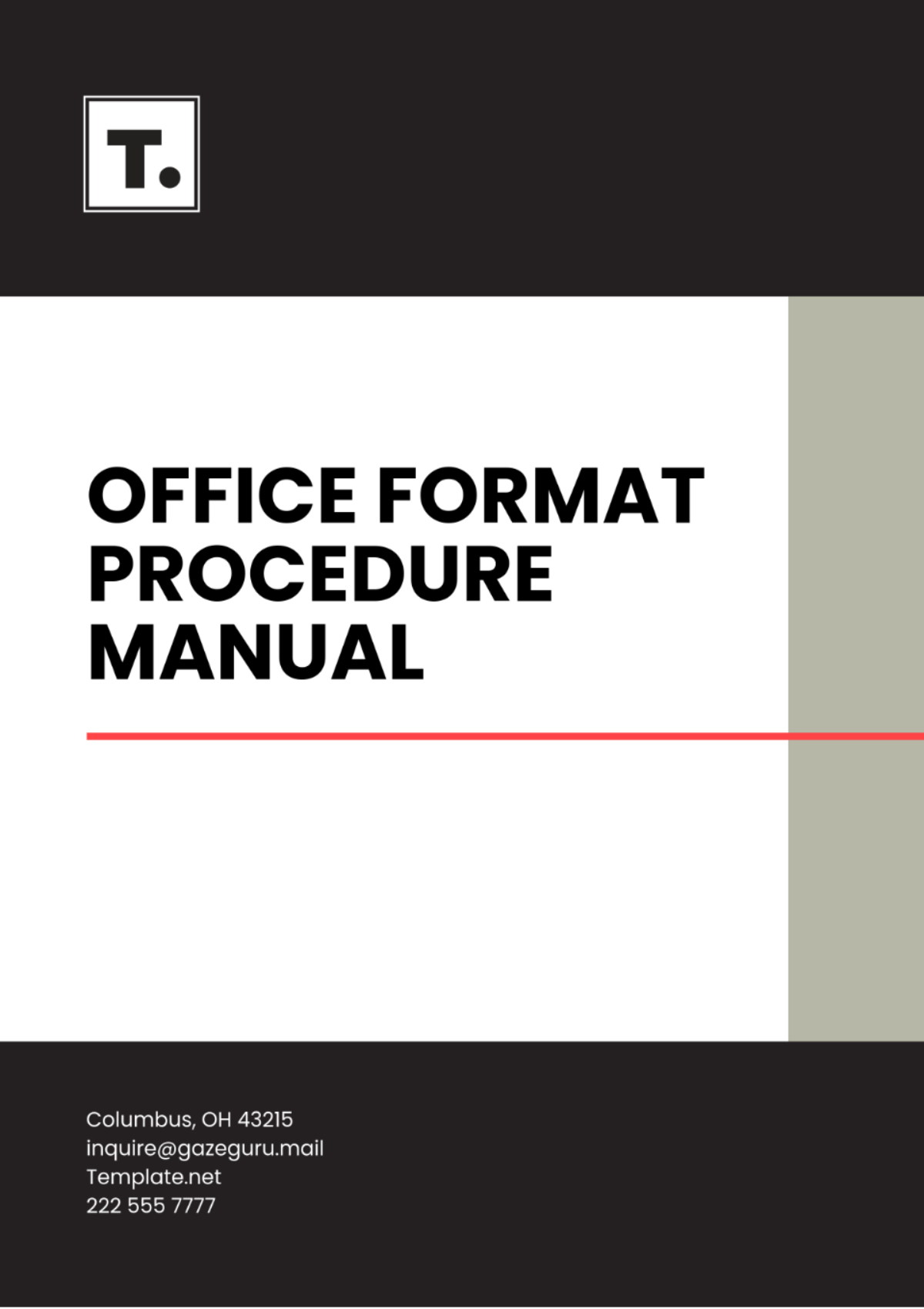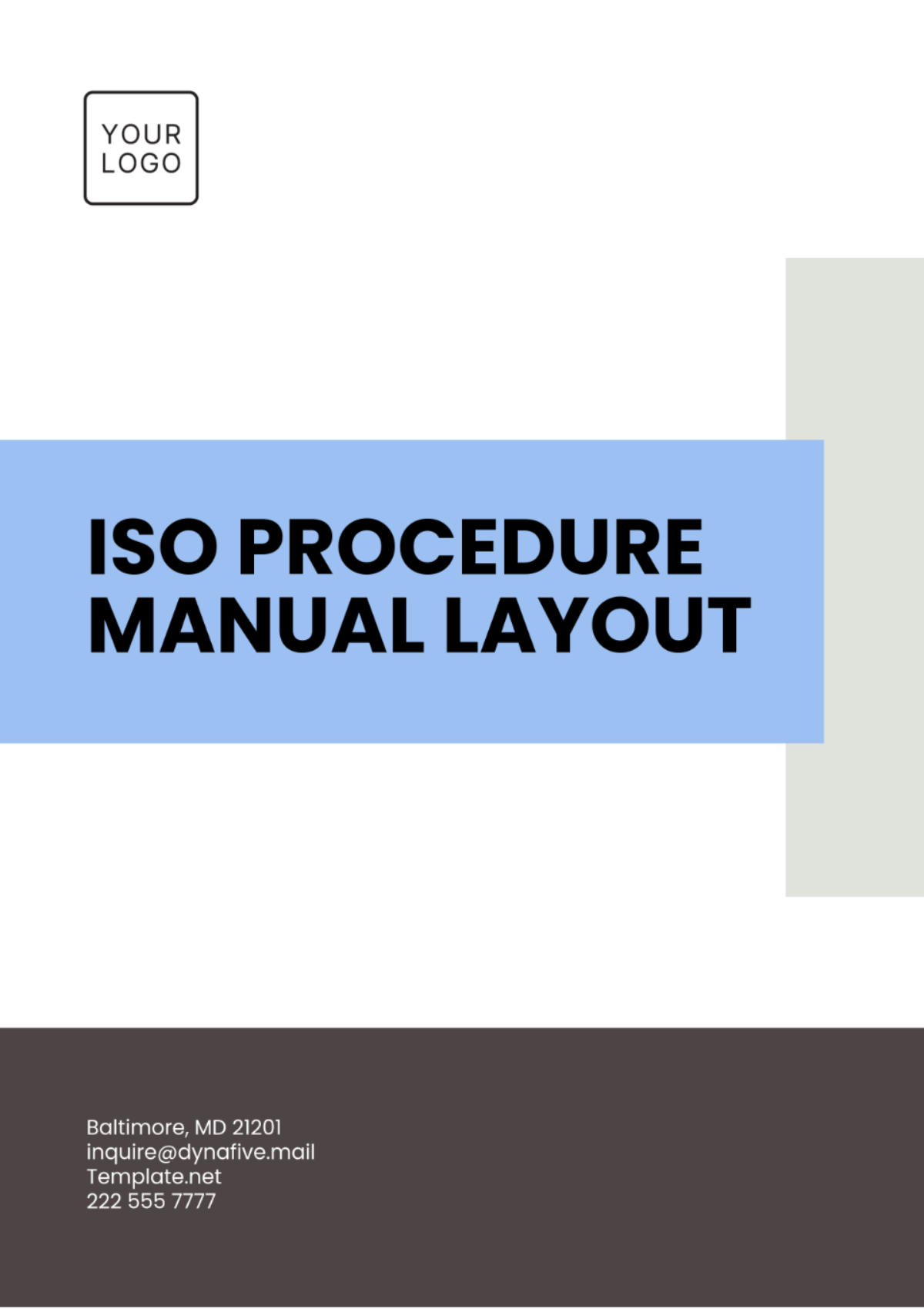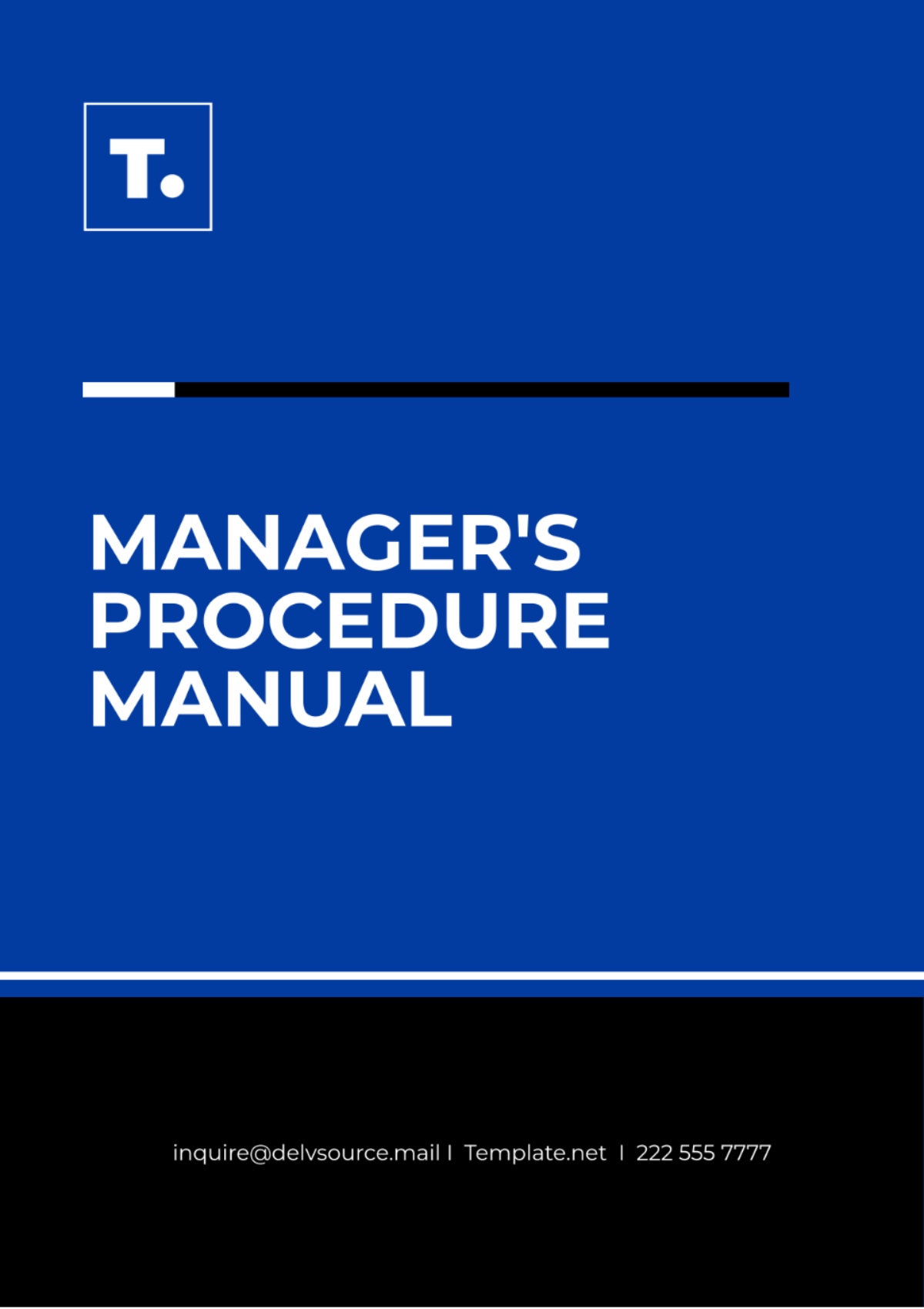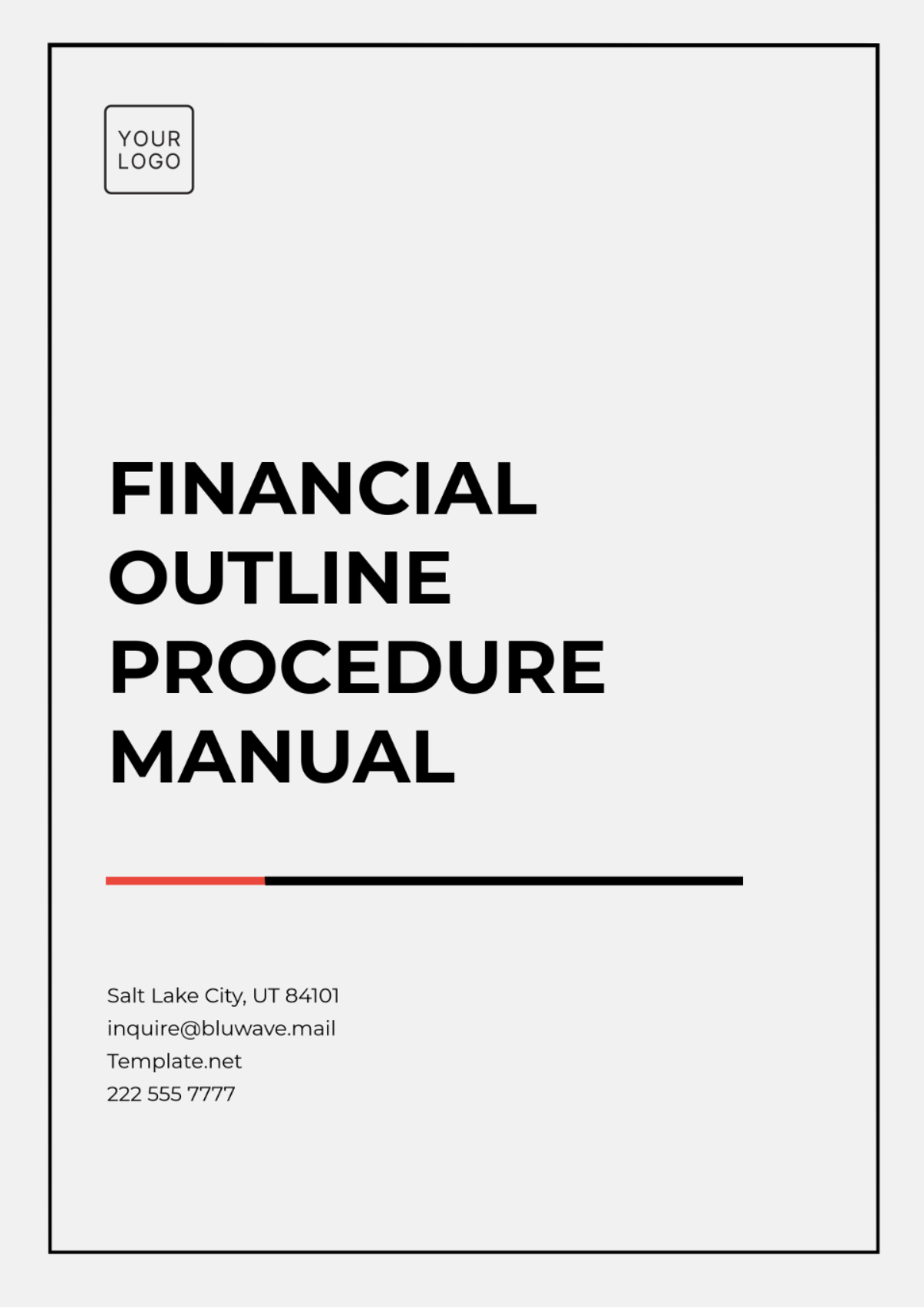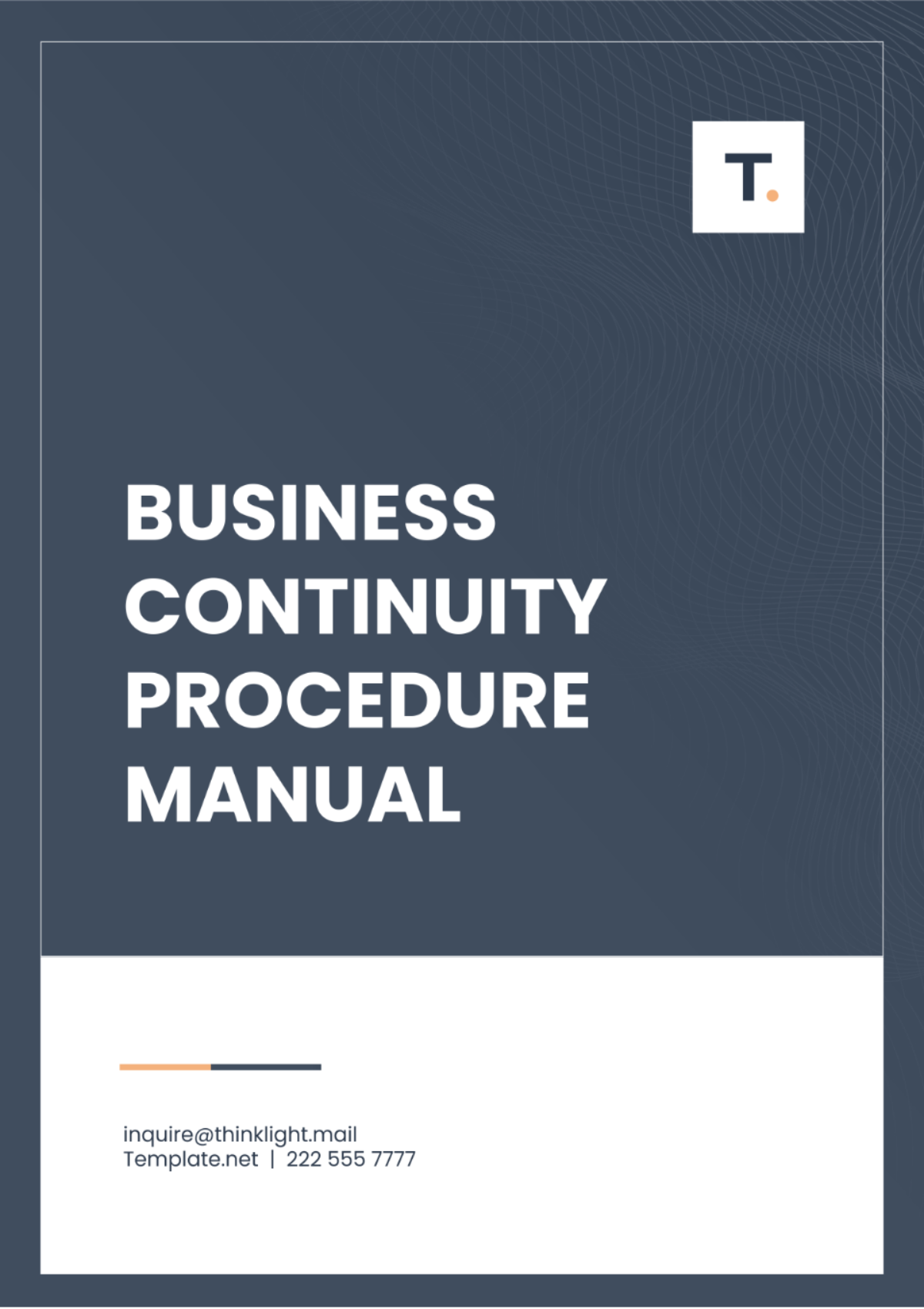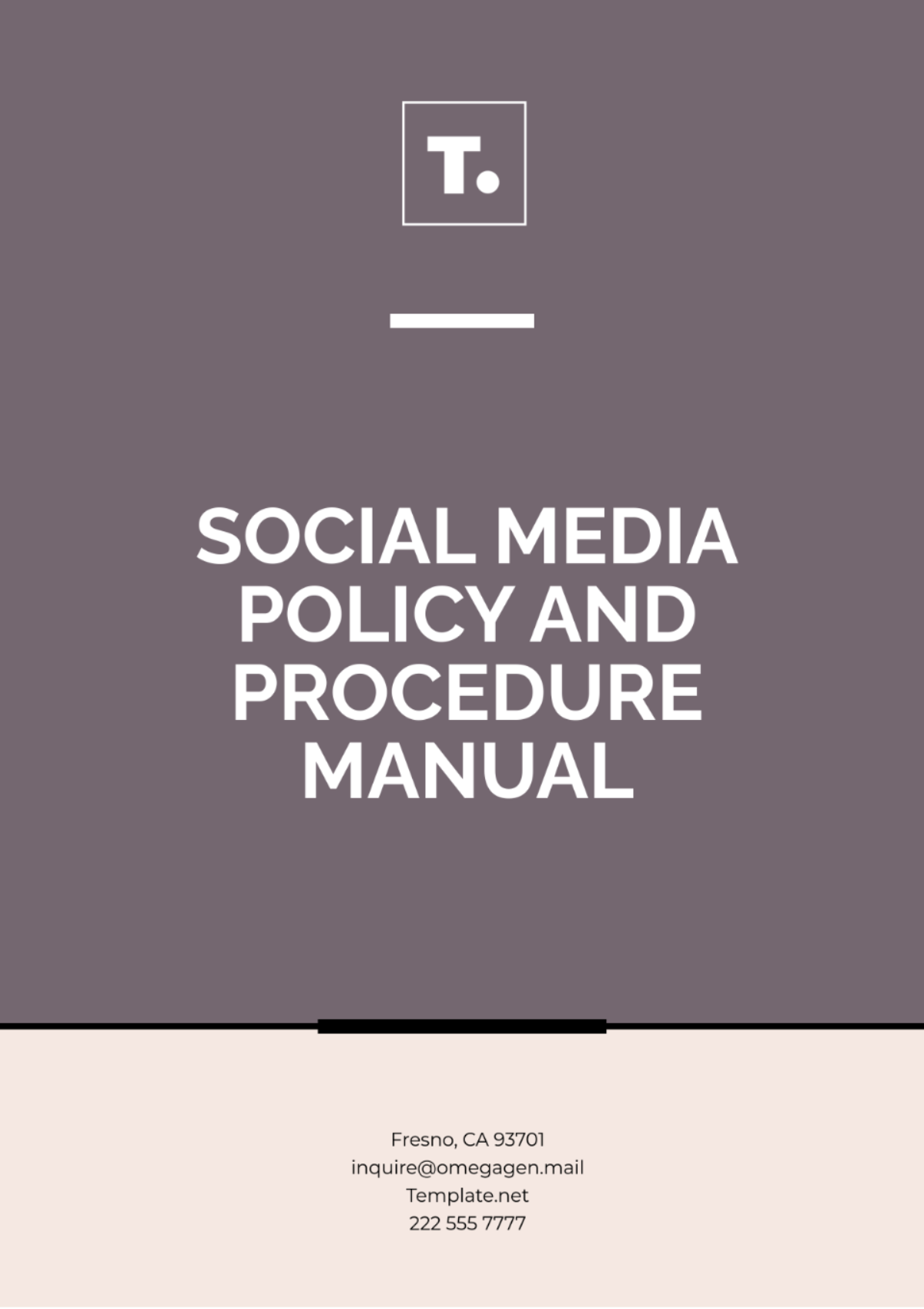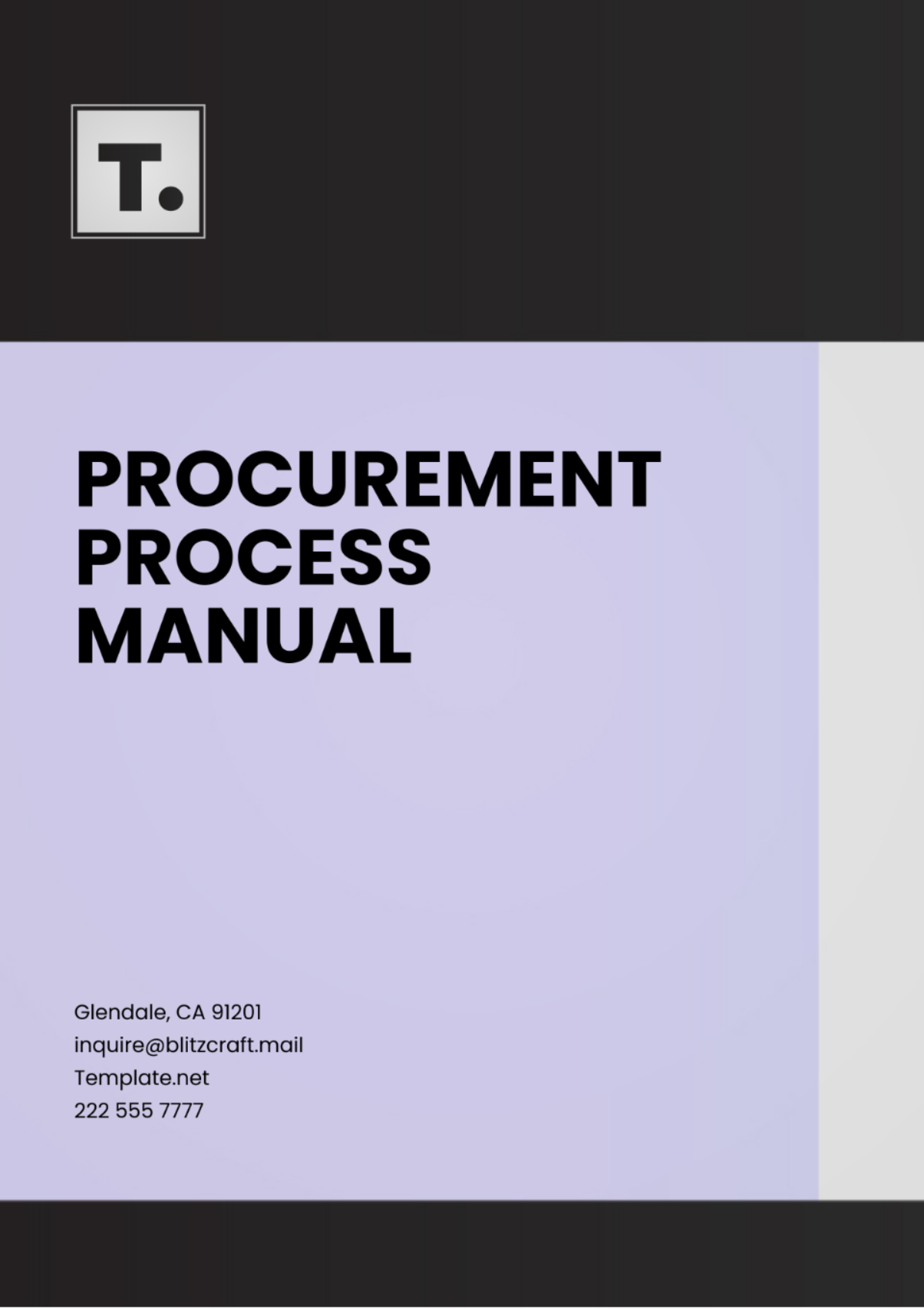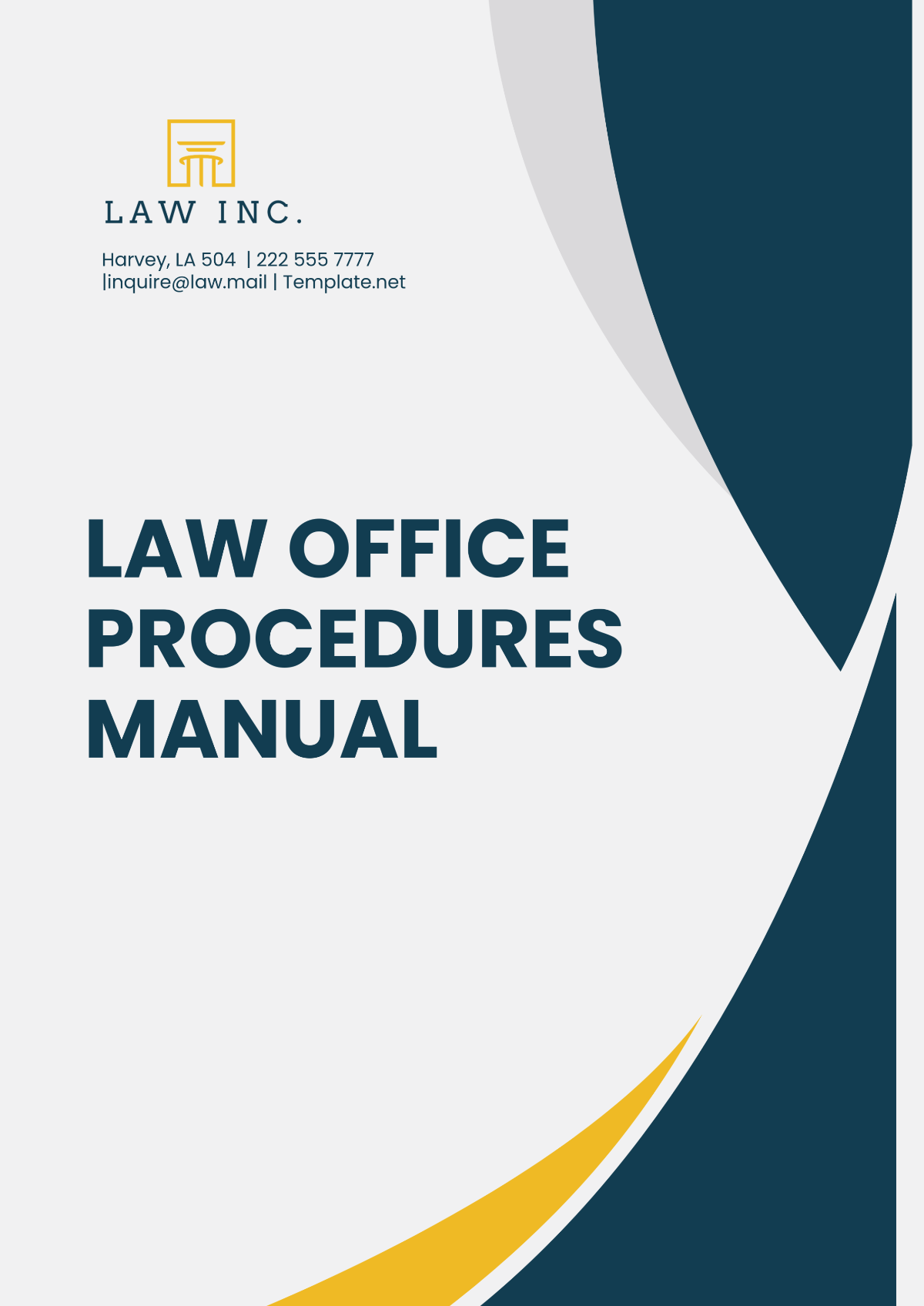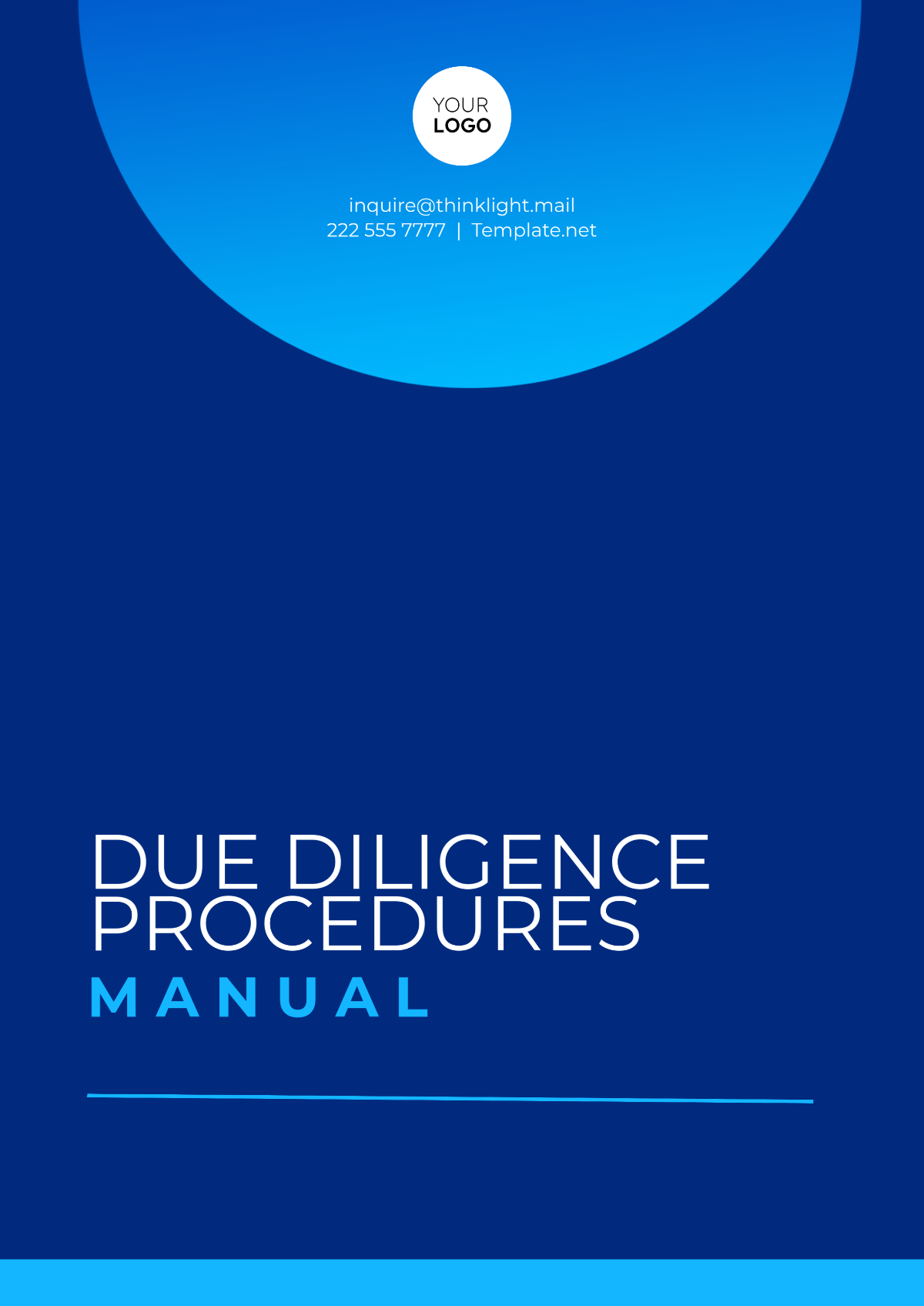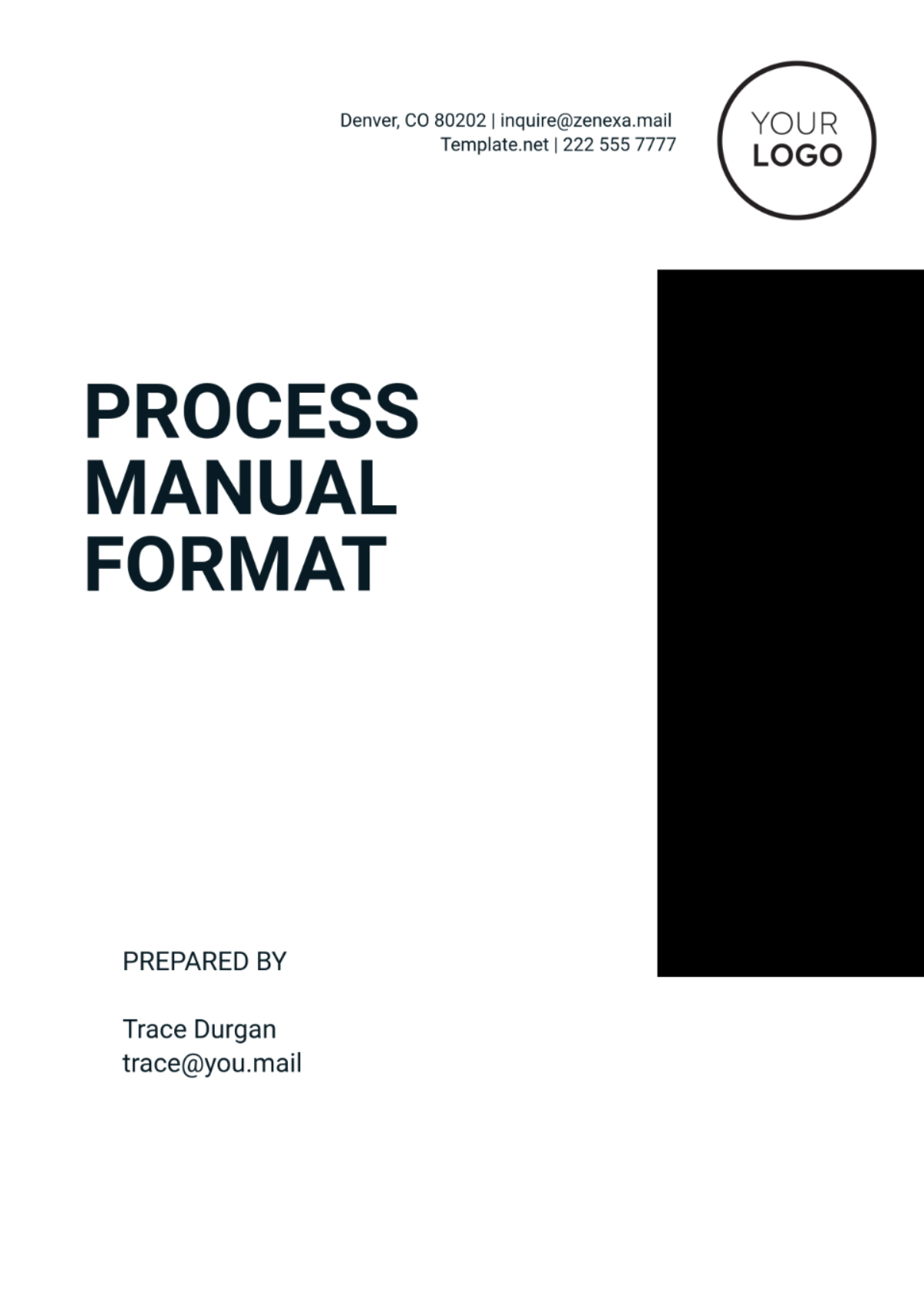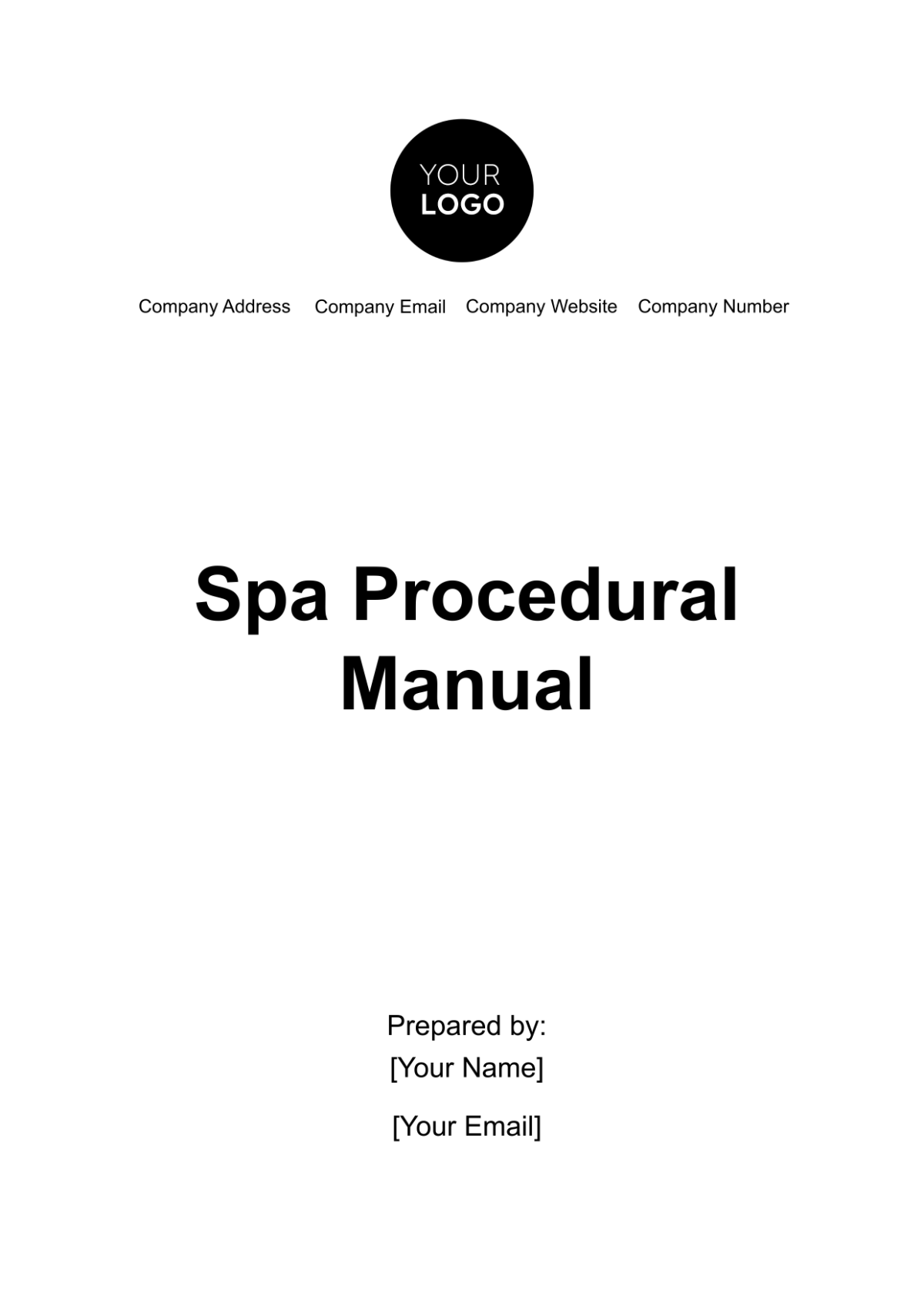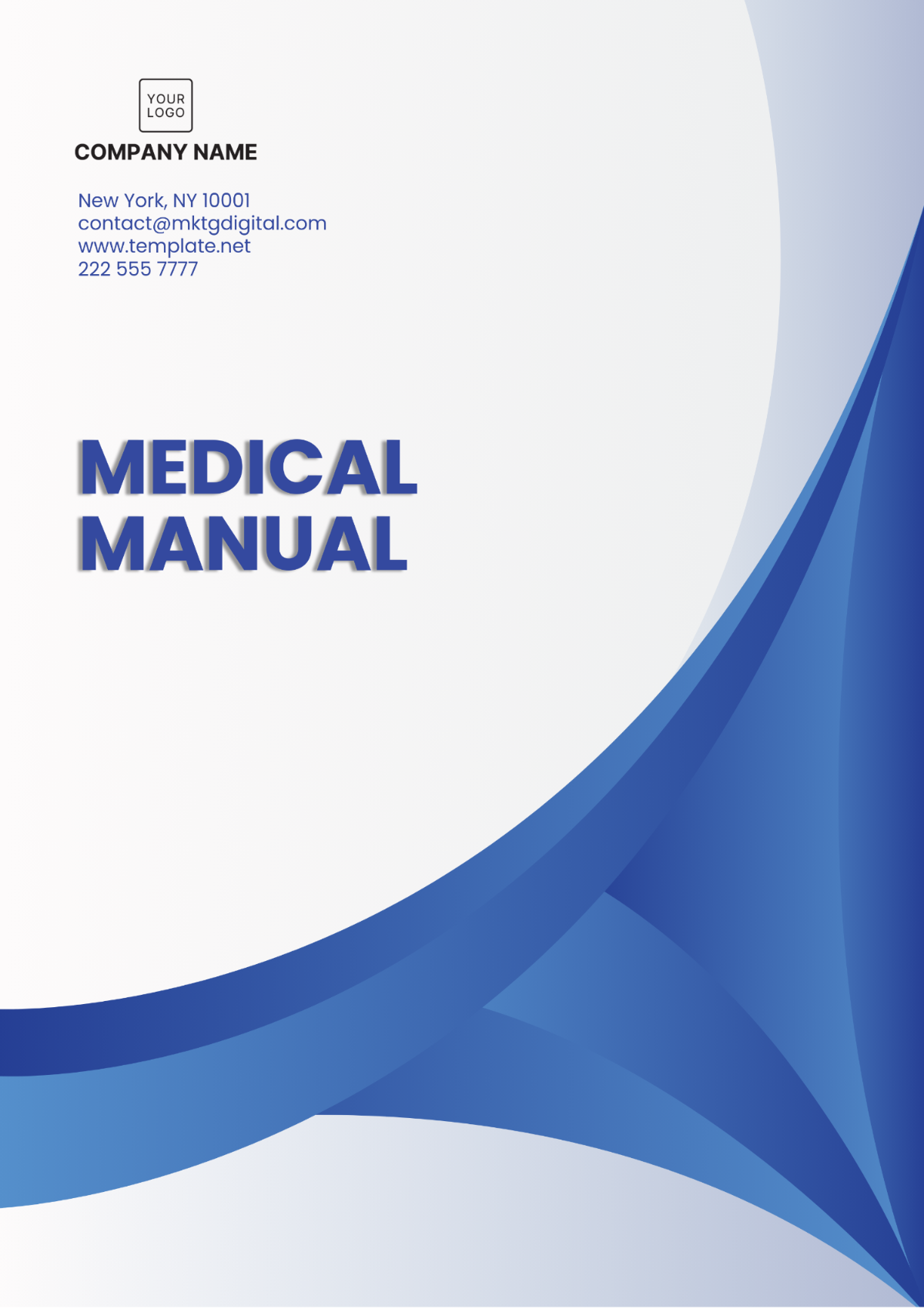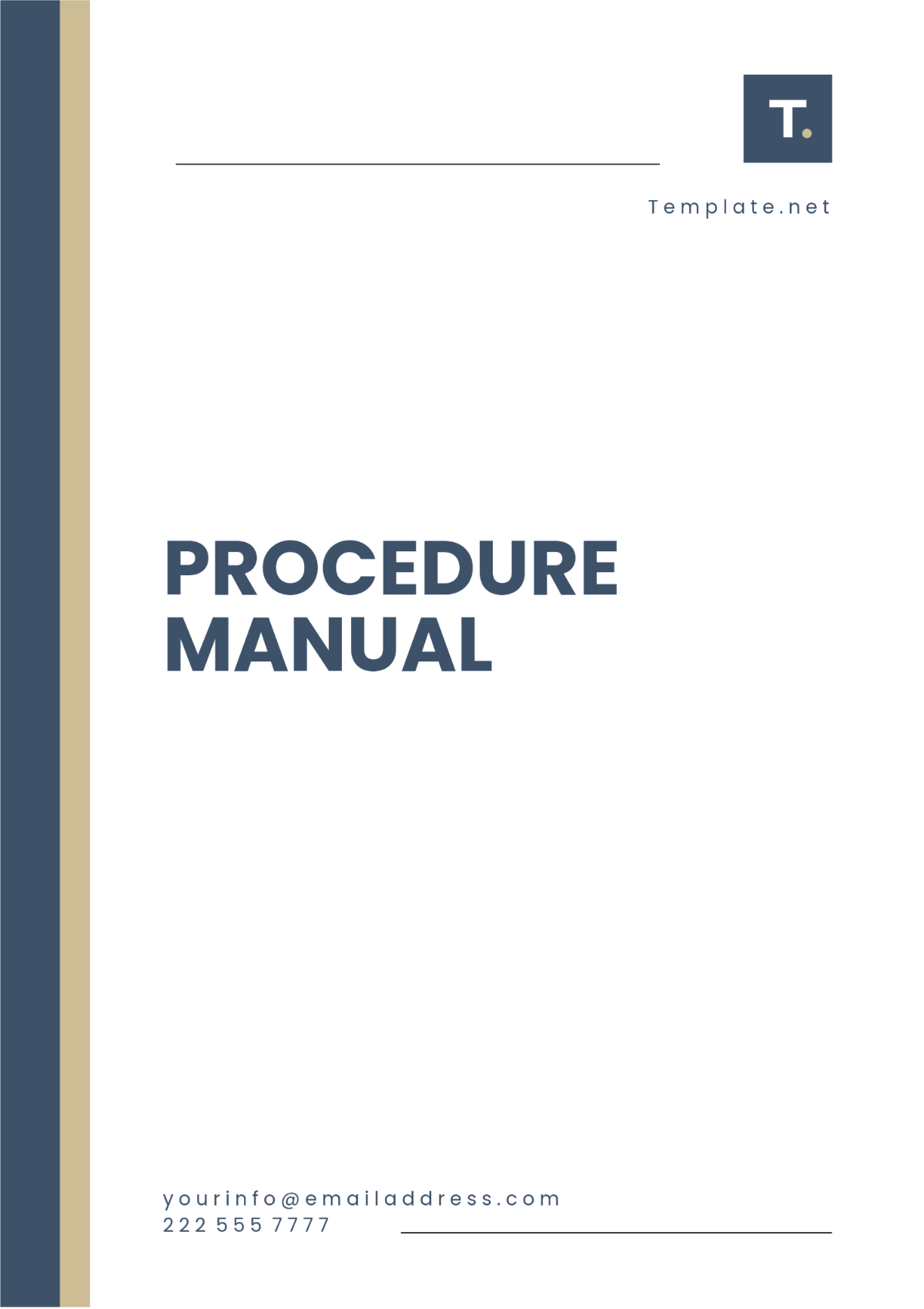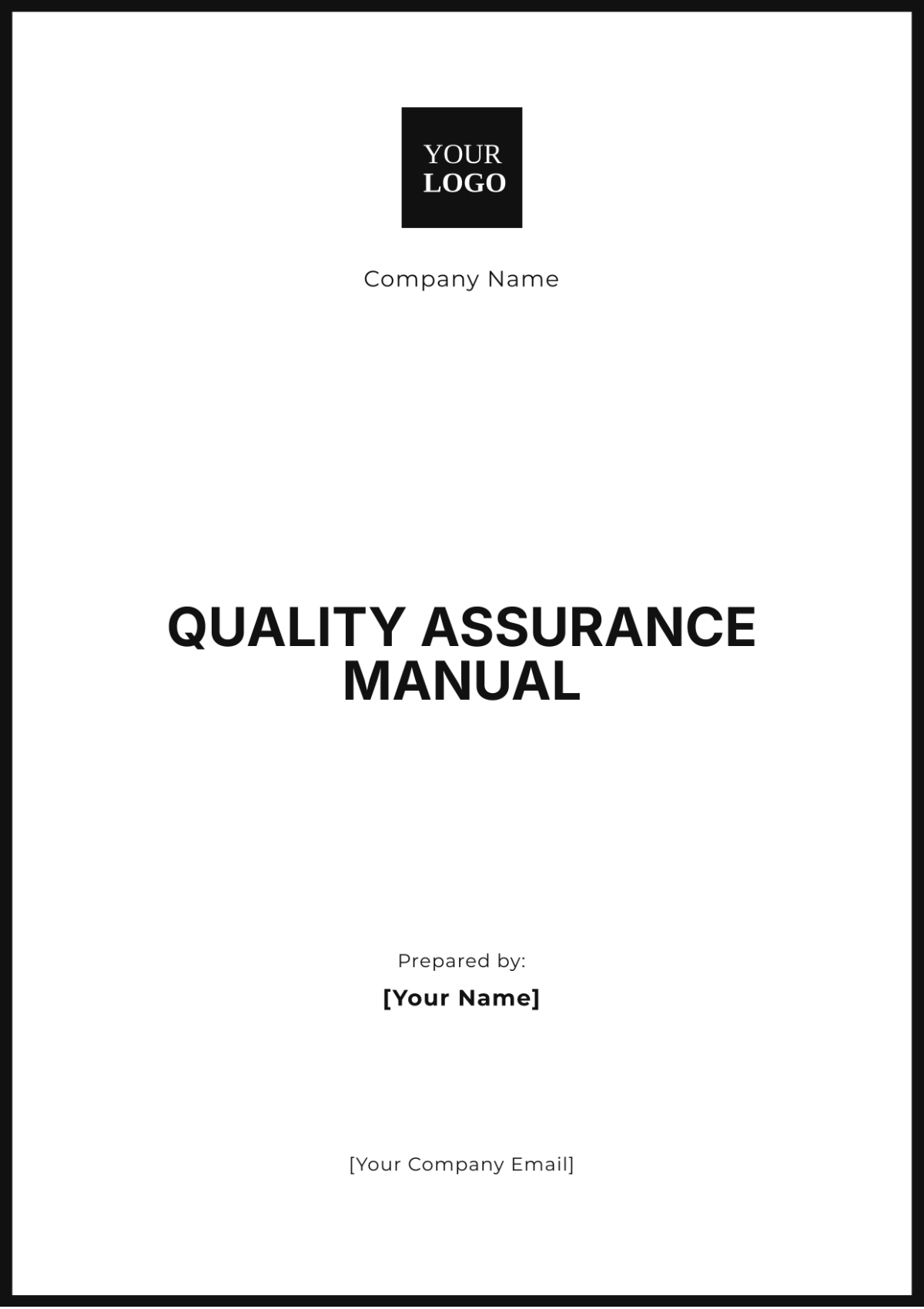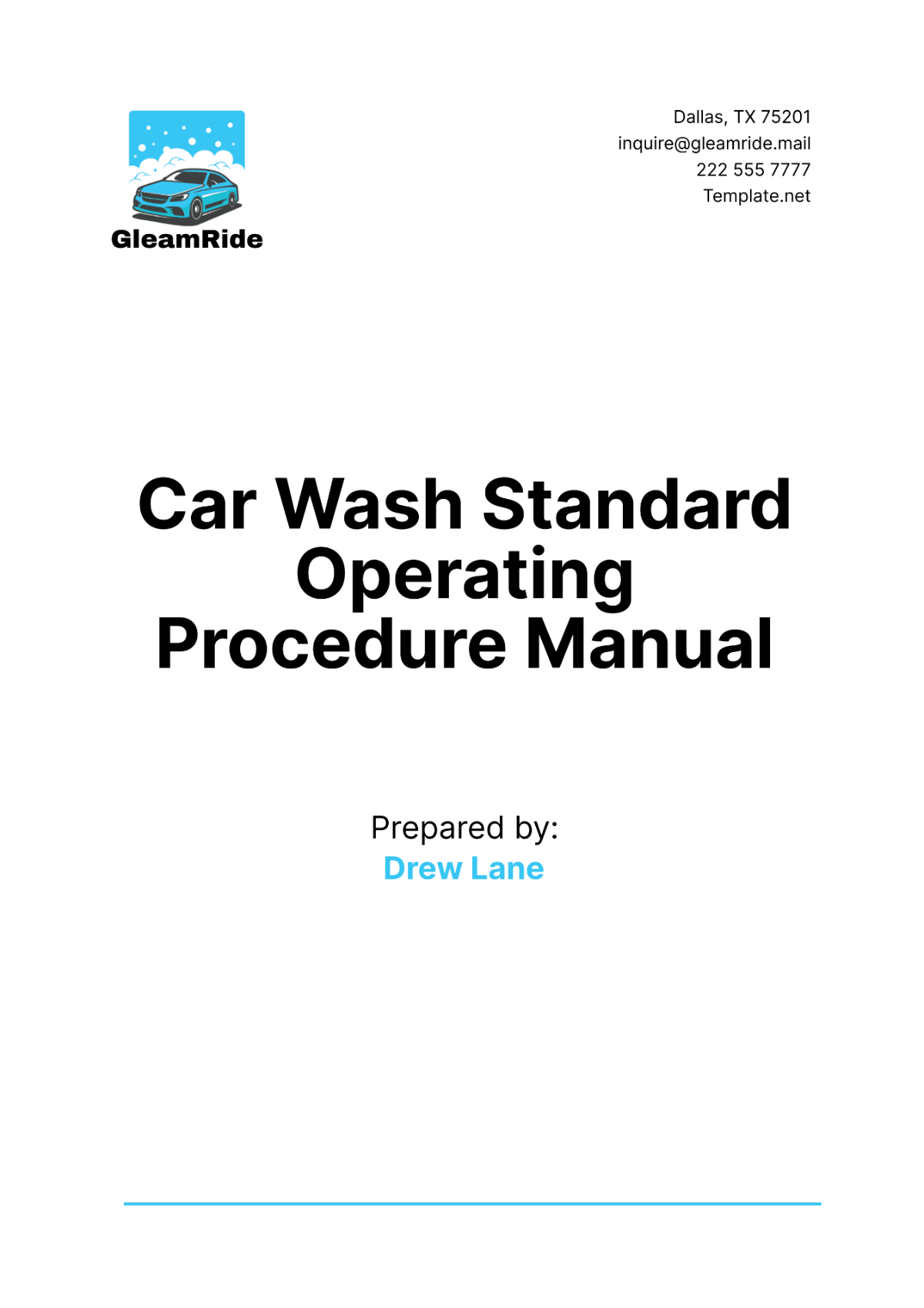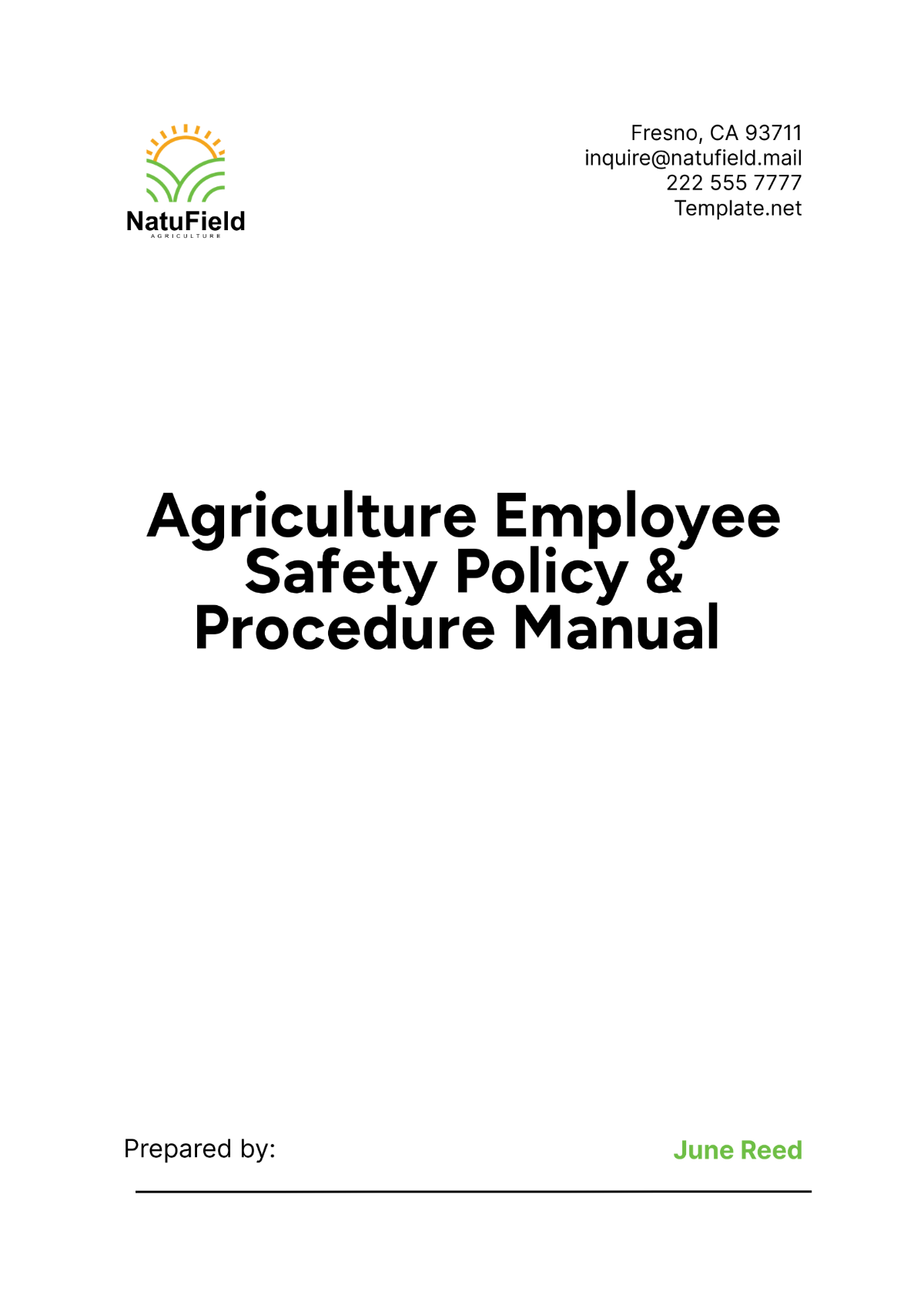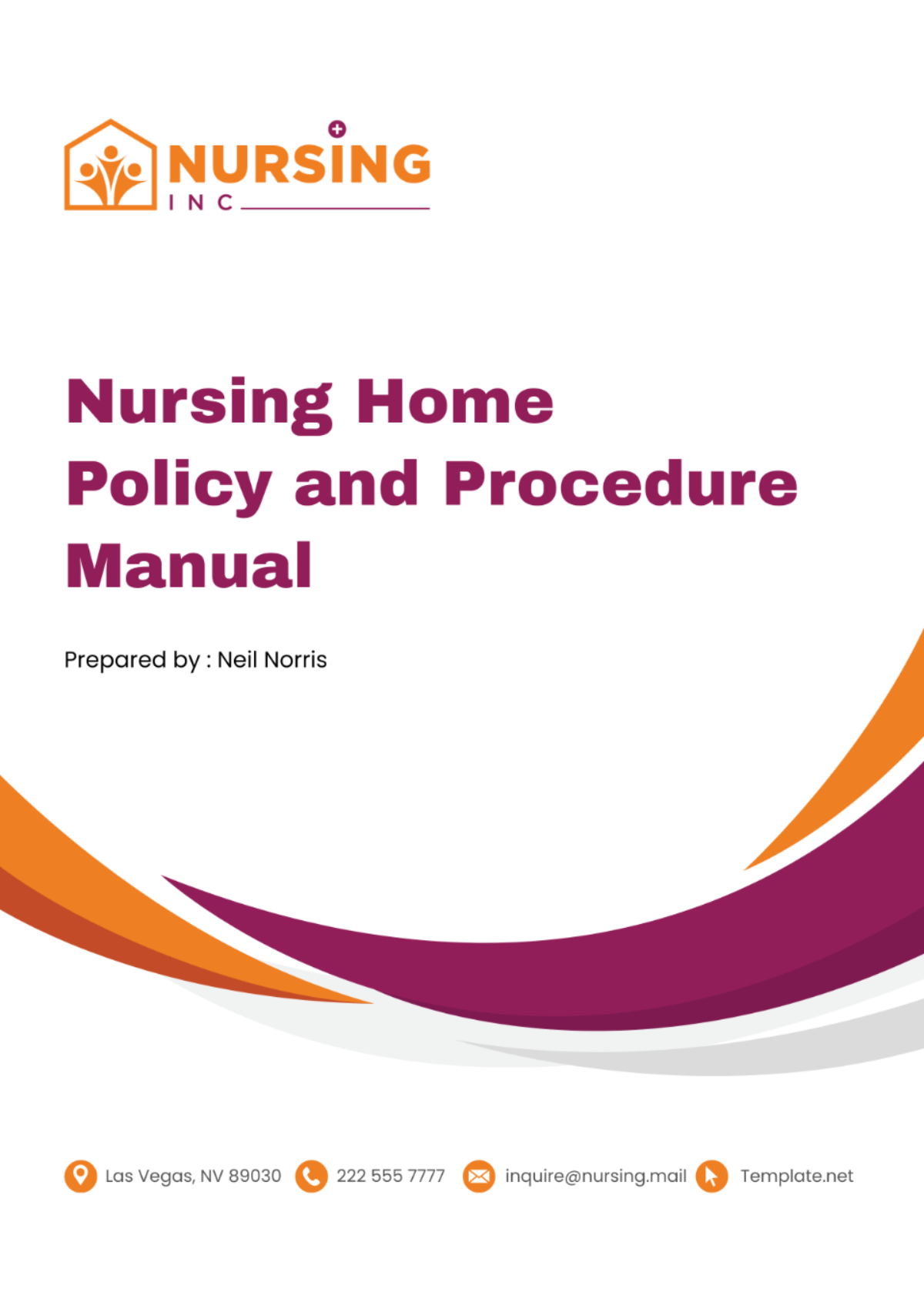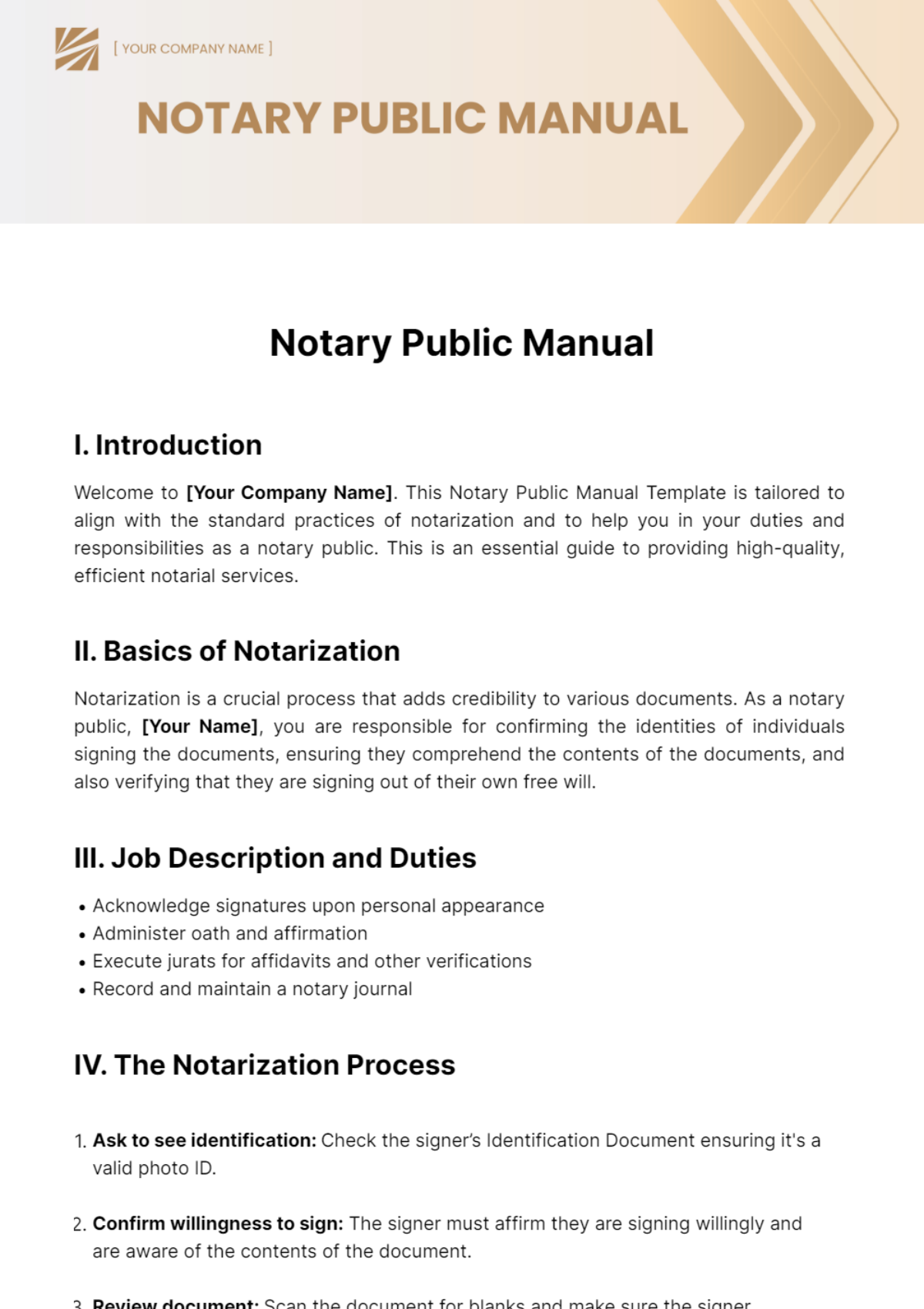Manual Design
I. Introduction
In this section, [YOUR COMPANY NAME] welcomes users to the manual template and provides an overview of its contents. It highlights the importance of having a well-structured manual for efficient operation within the organization.
1. Purpose The purpose of this manual template is to provide a standardized format for creating detailed and useful manuals across various departments within [YOUR COMPANY NAME]. It aims to streamline the process of manual creation, ensuring consistency and clarity in all documentation.
2. Audience This manual template is designed for use by [YOUR DEPARTMENT] personnel responsible for creating manuals. It is also intended for managers and employees who will be using these manuals for training, reference, or operational guidance.
II. Manual Structure
This section outlines the structure of the manual template and provides guidance on how to organize content effectively.
Sections and Subsections
The manual template consists of several predefined sections and subsections to cover different aspects of the subject matter. Users can customize these sections based on the specific requirements of their manuals. Some common sections include:
Introduction
Policies and Procedures
Training Guidelines
Troubleshooting
Resources and References
Formatting Guidelines
To maintain consistency and readability, [YOUR NAME] recommends following these formatting guidelines throughout the manual:
Use clear headings and subheadings to structure content.
Utilize bulleted or numbered lists for step-by-step instructions.
Incorporate tables and diagrams for complex information.
Highlight important notes or warnings in bold or with icons.
III. Manual Content
This section provides suggestions for the content to include in each section of the manual.
Introduction
The introduction should provide an overview of the subject matter and its importance. It may include:
Background information
Objectives and goals
Audience demographics
Policies and Procedures
This section should outline the policies, rules, and procedures relevant to the subject matter. It may cover:
Code of conduct
Safety protocols
Compliance regulations
Training Guidelines
Here, [YOUR NAME] suggests including detailed instructions for training employees or users on the subject matter. This may involve:
Training schedules
Training materials
Assessment criteria
Troubleshooting
In this section, [YOUR NAME] recommends providing troubleshooting tips and solutions for common issues or problems related to the subject matter. This may involve:
Troubleshooting flowcharts
Frequently asked questions
Contact information for support
Resources and References
Lastly, include a list of resources and references for further information or assistance. This may include:
Links to relevant websites
Recommended reading materials
Contact details for subject matter experts
IV. Appendices
This section provides additional supplementary materials that complement the main content of the manual template.
Glossary: Include a glossary of terms used throughout the manual to ensure clarity and understanding among users.
Templates: Offer templates for various sections of the manual, such as cover pages, table of contents, and page layouts, to facilitate easy customization.
Forms and Checklists: Provide forms or checklists that users can utilize for record-keeping, assessment, or implementation of procedures outlined in the manual.
V. Review and Revision
This section emphasizes the importance of periodically reviewing and revising the manual to ensure its relevance and accuracy over time.
Review Process: Outline a review process that involves gathering feedback from users, subject matter experts, and stakeholders to identify areas for improvement.
Revision History: Maintain a revision history to track changes made to the manual over time, including dates, authors, and reasons for revisions.
VI. Distribution and Usage
This section provides guidance on how to distribute and utilize the manual within the organization.
Distribution Channels Specify the channels through which the manual will be distributed, such as email, intranet, or physical copies.
Training Offer training sessions or resources to familiarize users with the manual's contents and how to effectively utilize it in their roles.
VII. Compliance and Legal Considerations
This section addresses any compliance requirements or legal considerations related to the subject matter of the manual.
Regulatory Compliance Ensure that the manual complies with relevant regulations, standards, and industry best practices.
Intellectual Property Clarify ownership and usage rights for any intellectual property, trademarks, or copyrighted materials included in the manual.
VIII. Conclusion
In conclusion, [YOUR NAME] emphasizes the significance of having a well-designed and comprehensive manual template to facilitate effective communication, training, and operational efficiency within [YOUR COMPANY NAME]. By following the guidelines outlined in this template and continuously reviewing and updating the manual as needed, users can ensure that it remains a valuable resource for their organization.
Name: | [YOUR NAME] |
Company Name: | [YOUR COMPANY NAME] |
Department: | [YOUR DEPARTMENT] |
Date: | [DATE] |
This manual template serves as a robust framework for creating detailed and useful manuals tailored to the specific needs of [YOUR COMPANY NAME]. It is designed to promote consistency, clarity, and effectiveness in documentation across various departments and functions.
